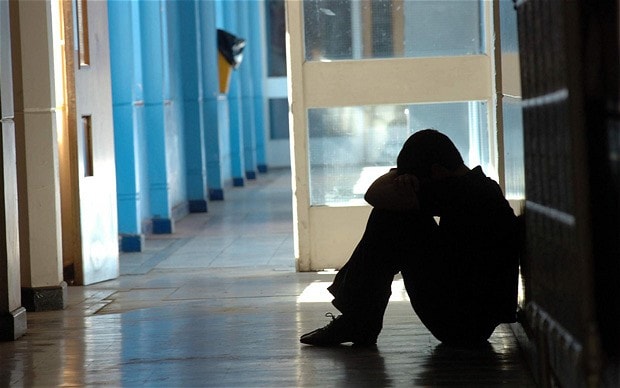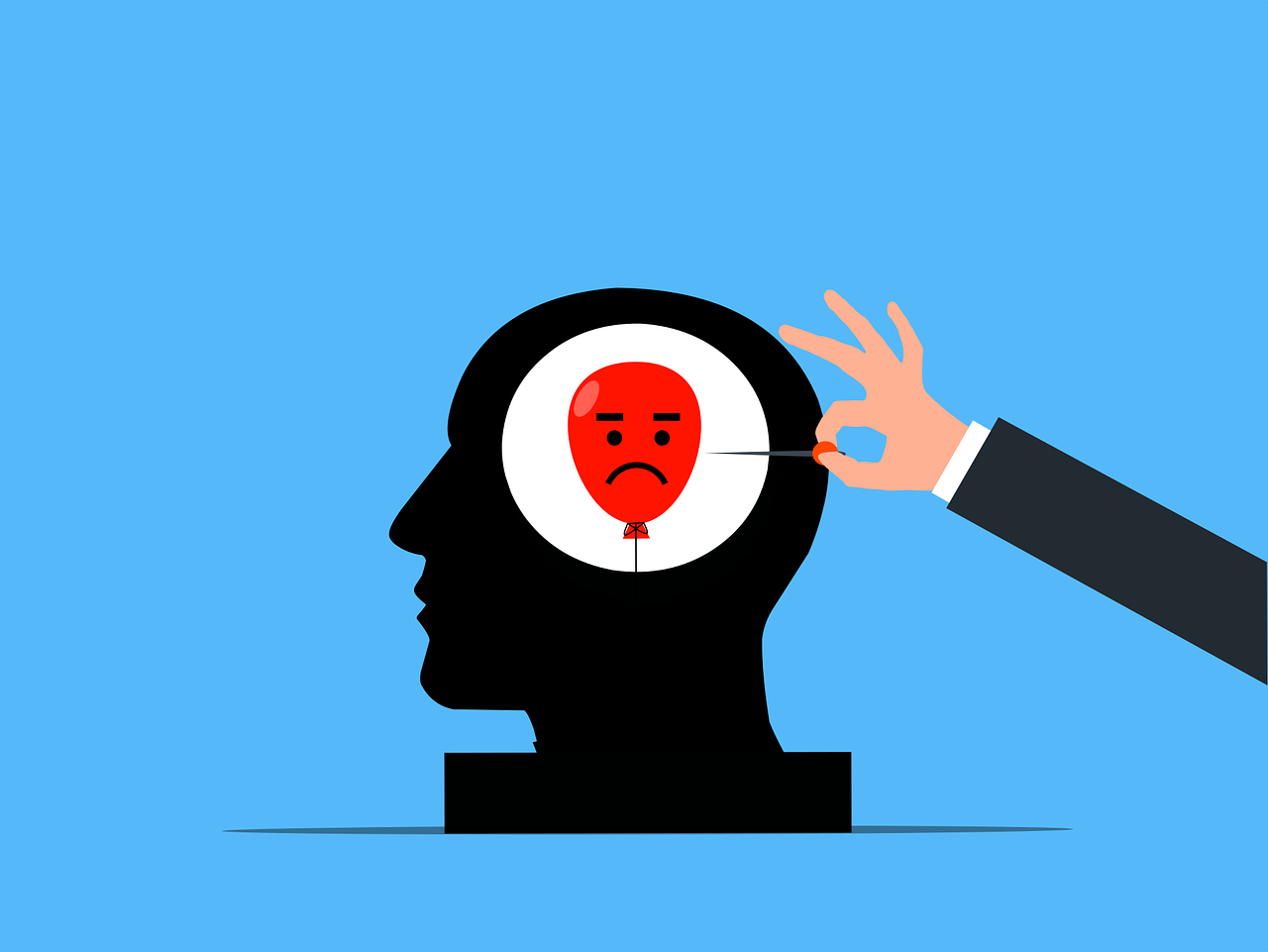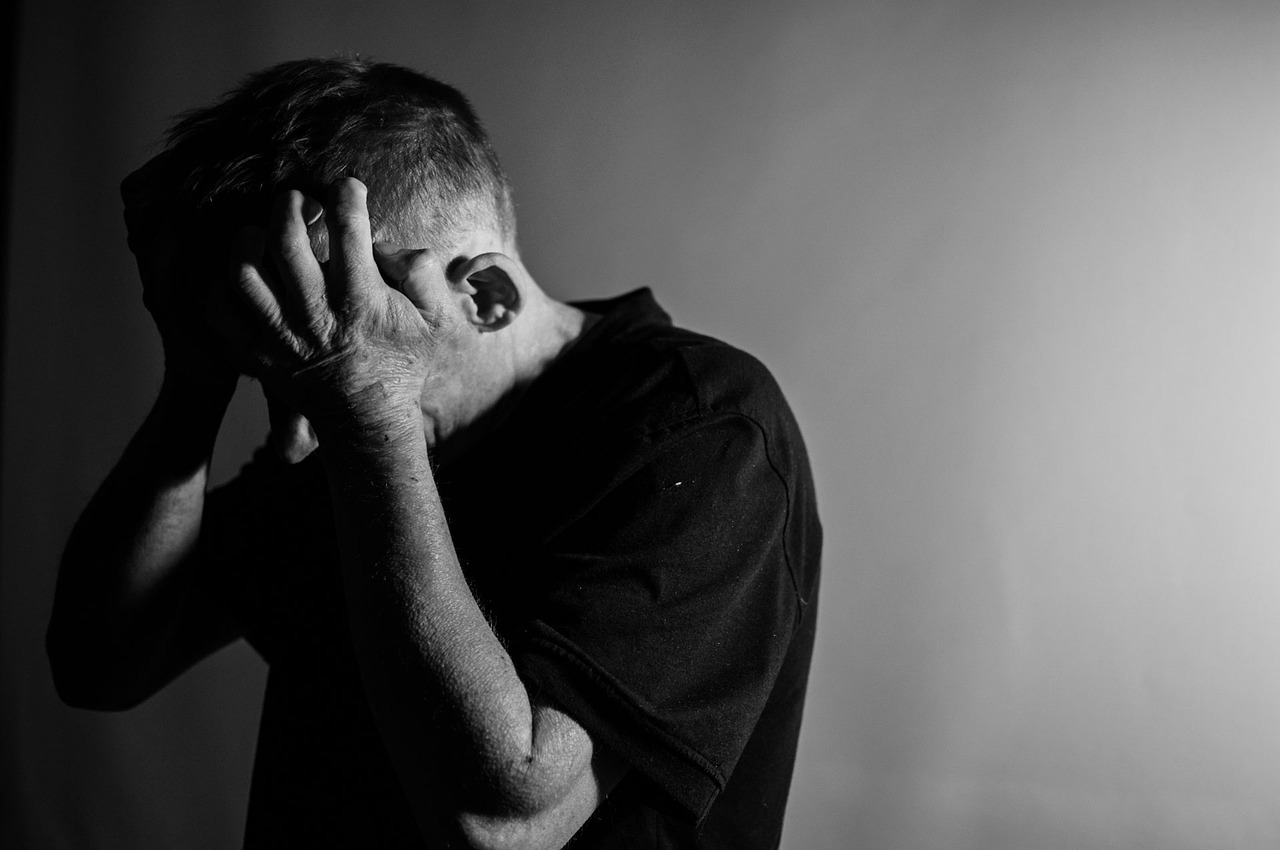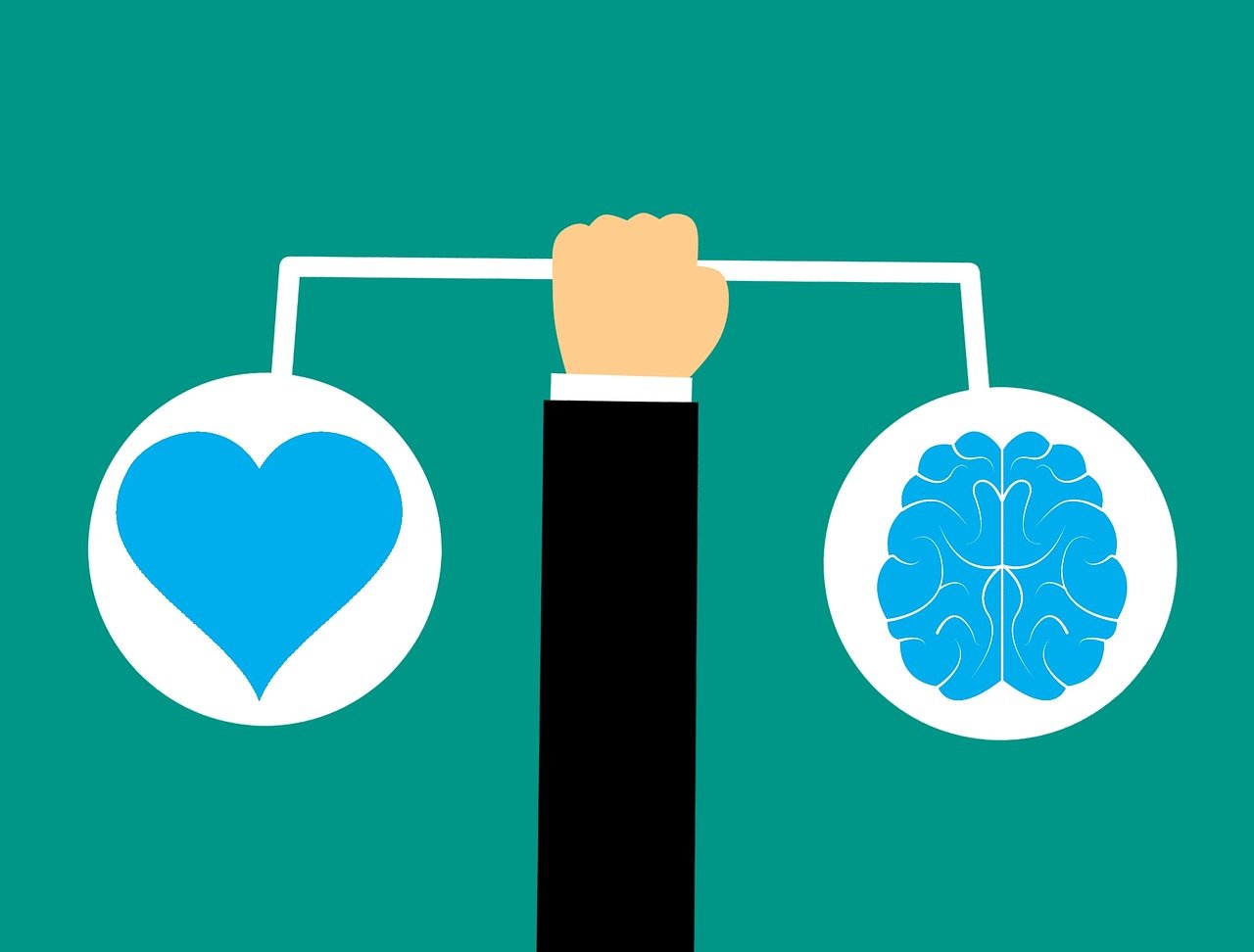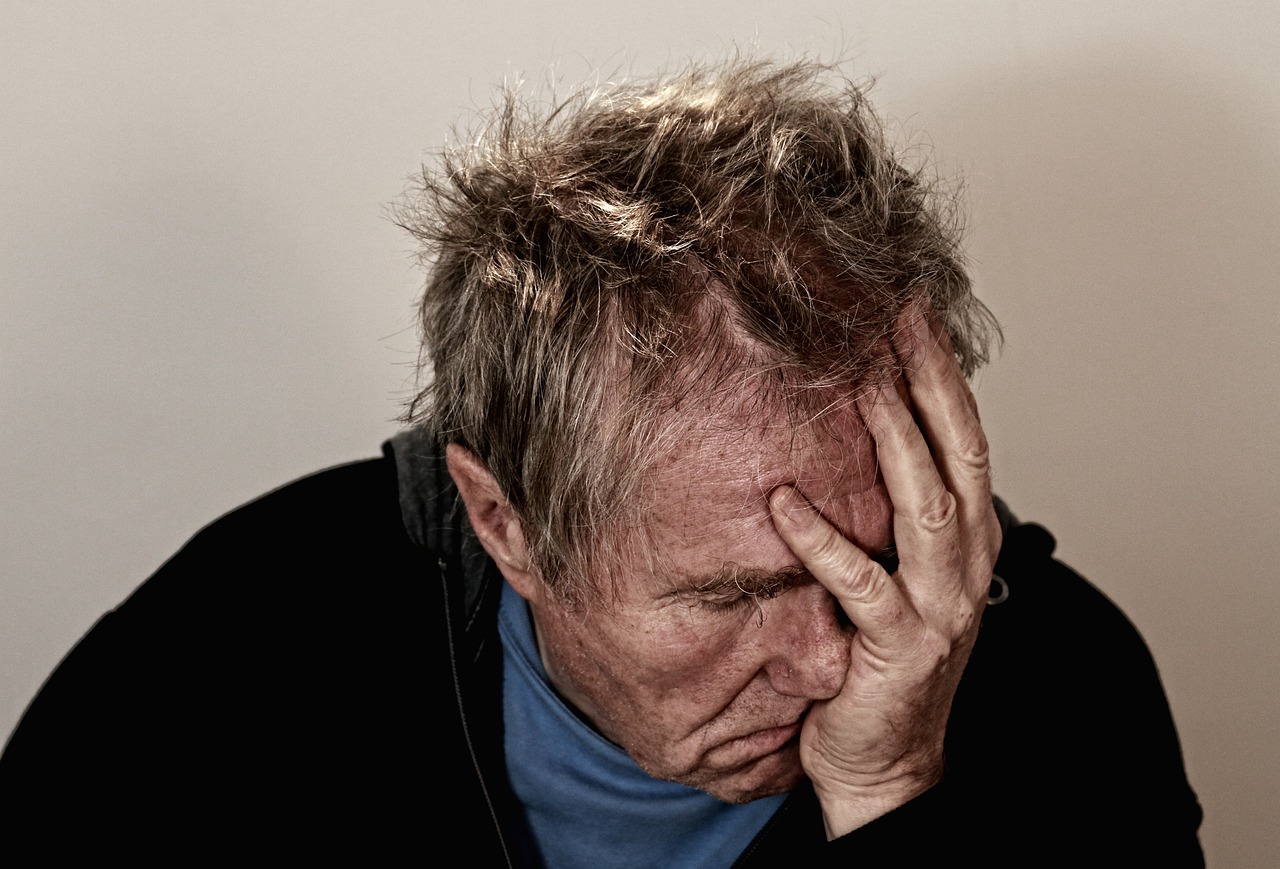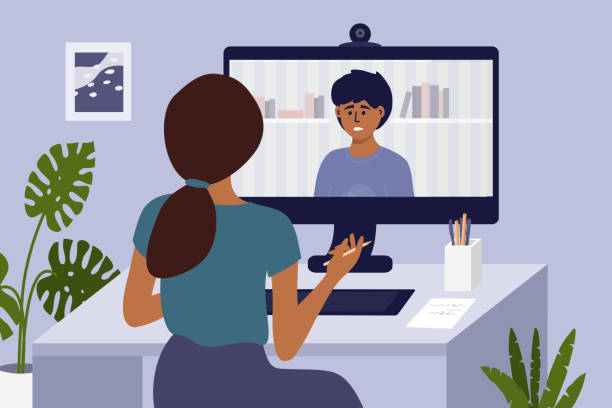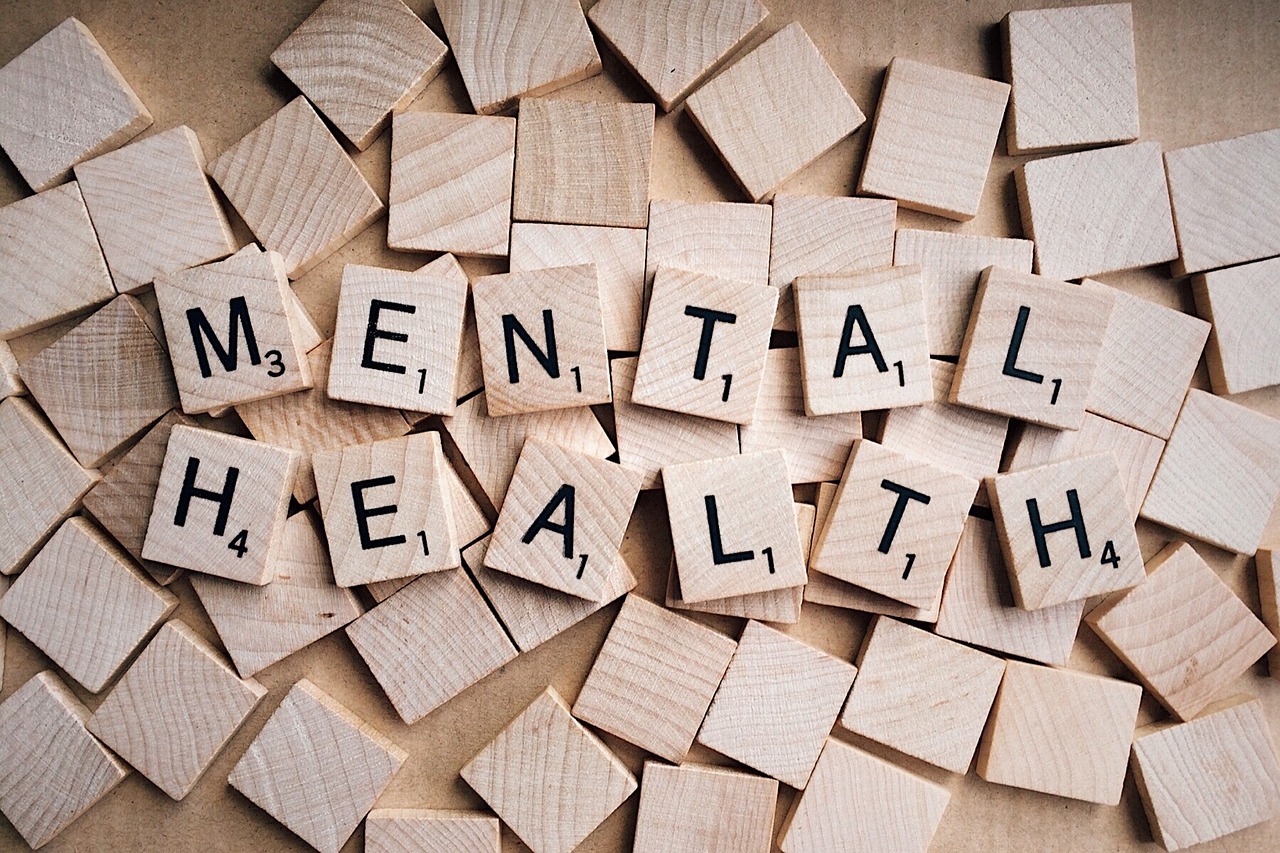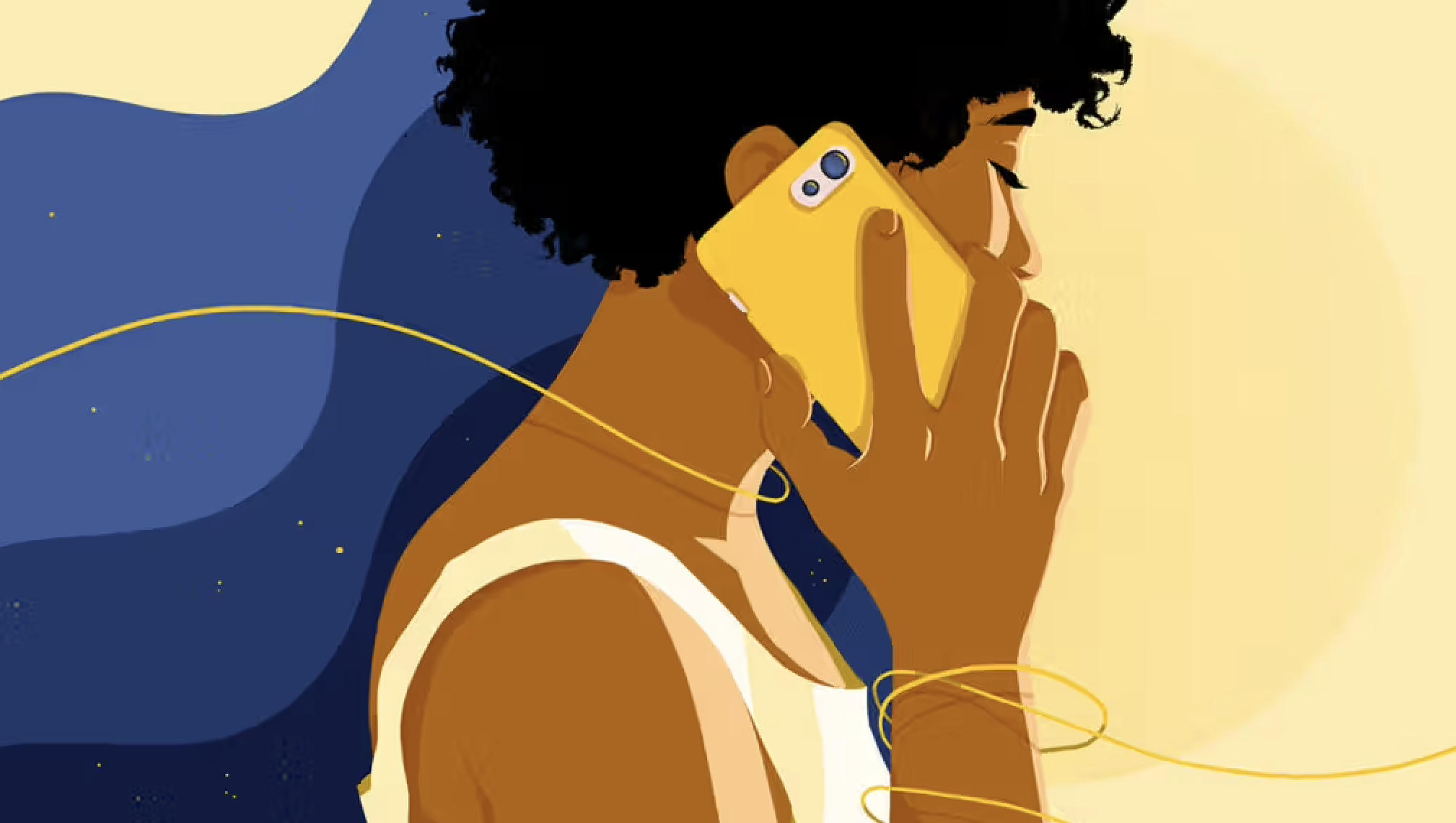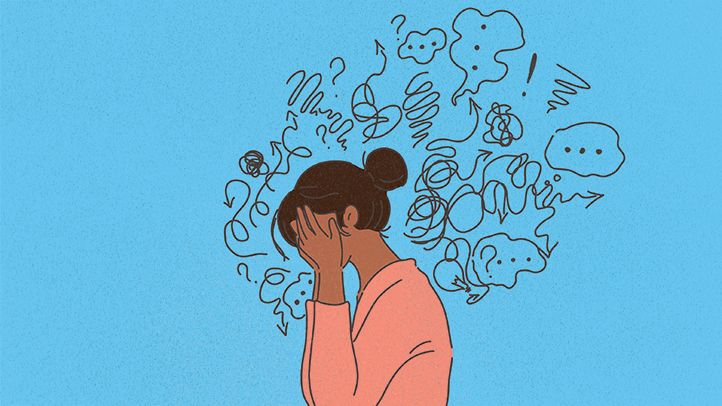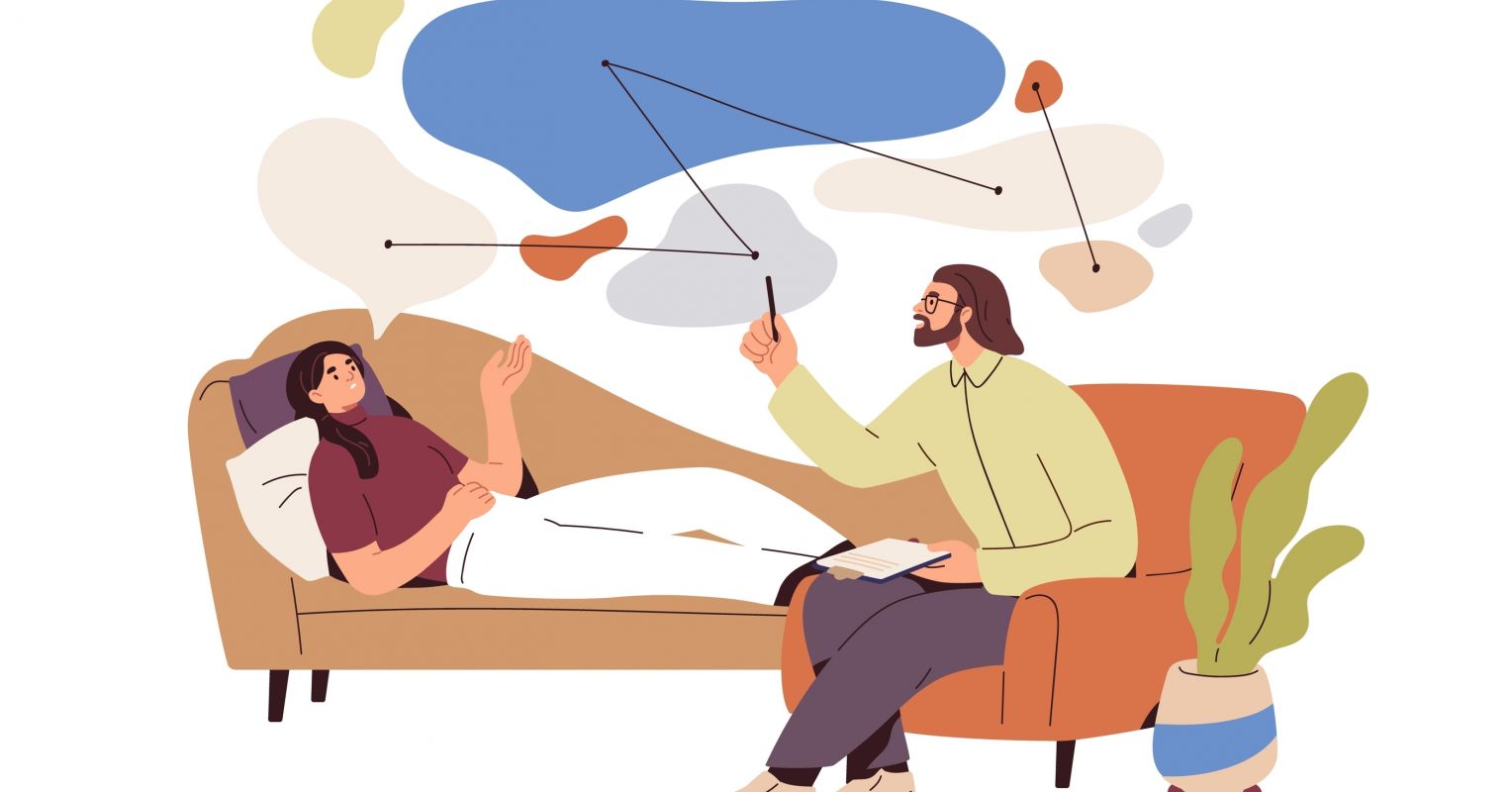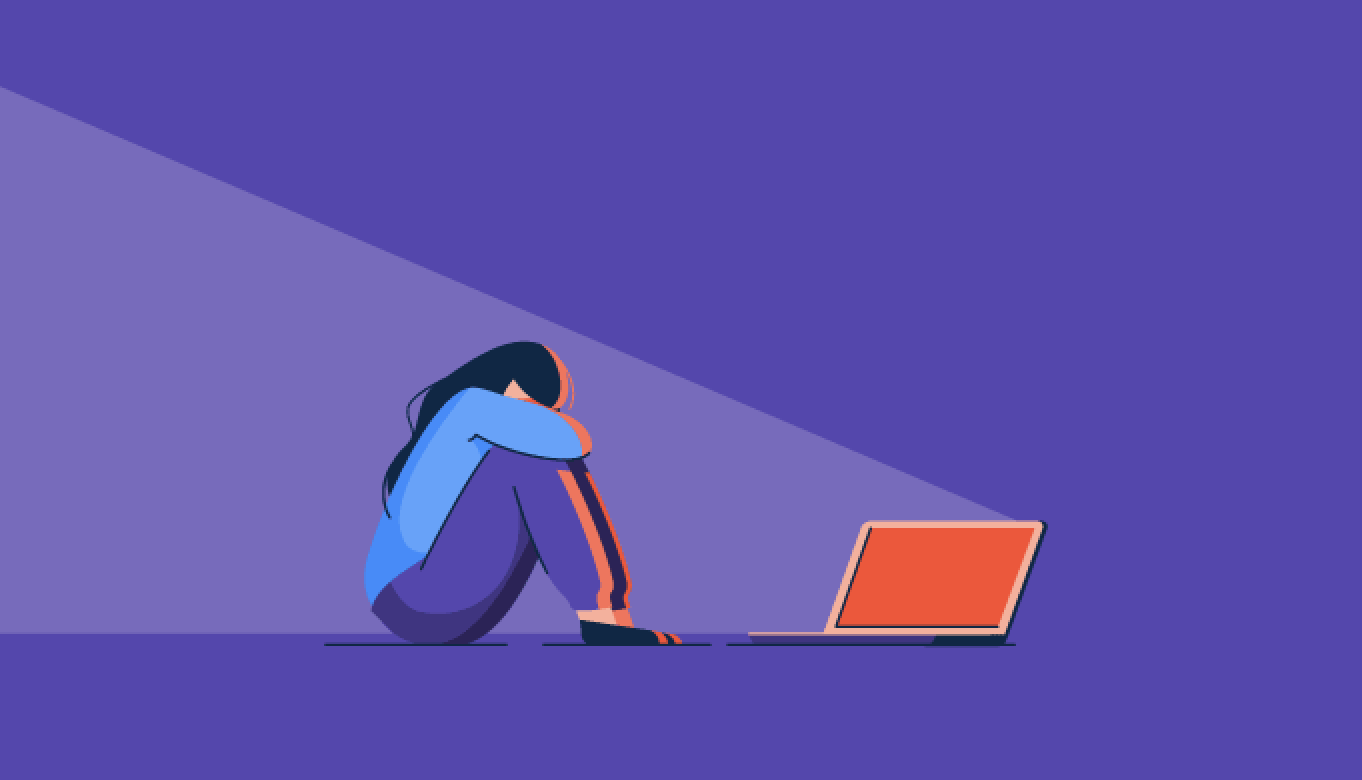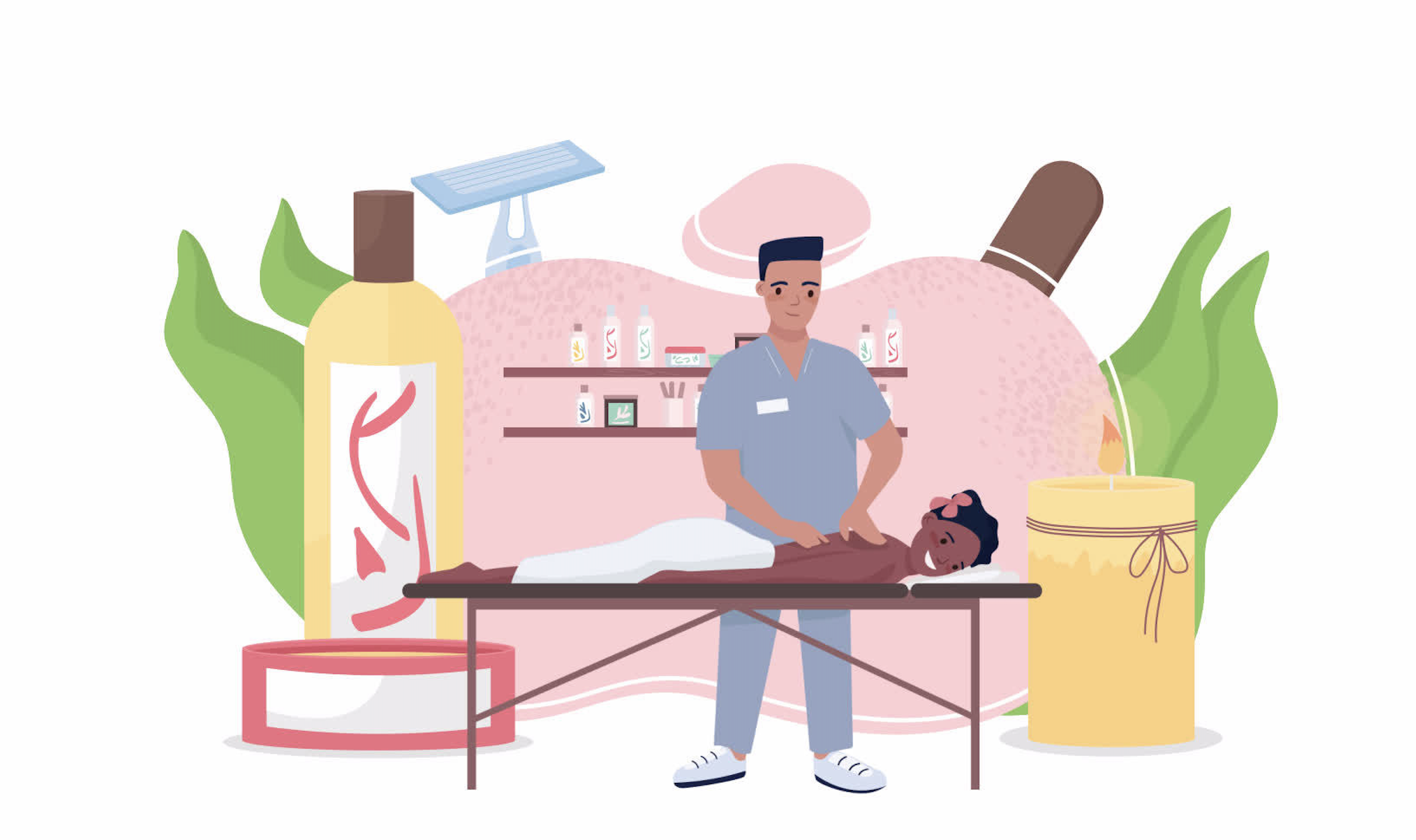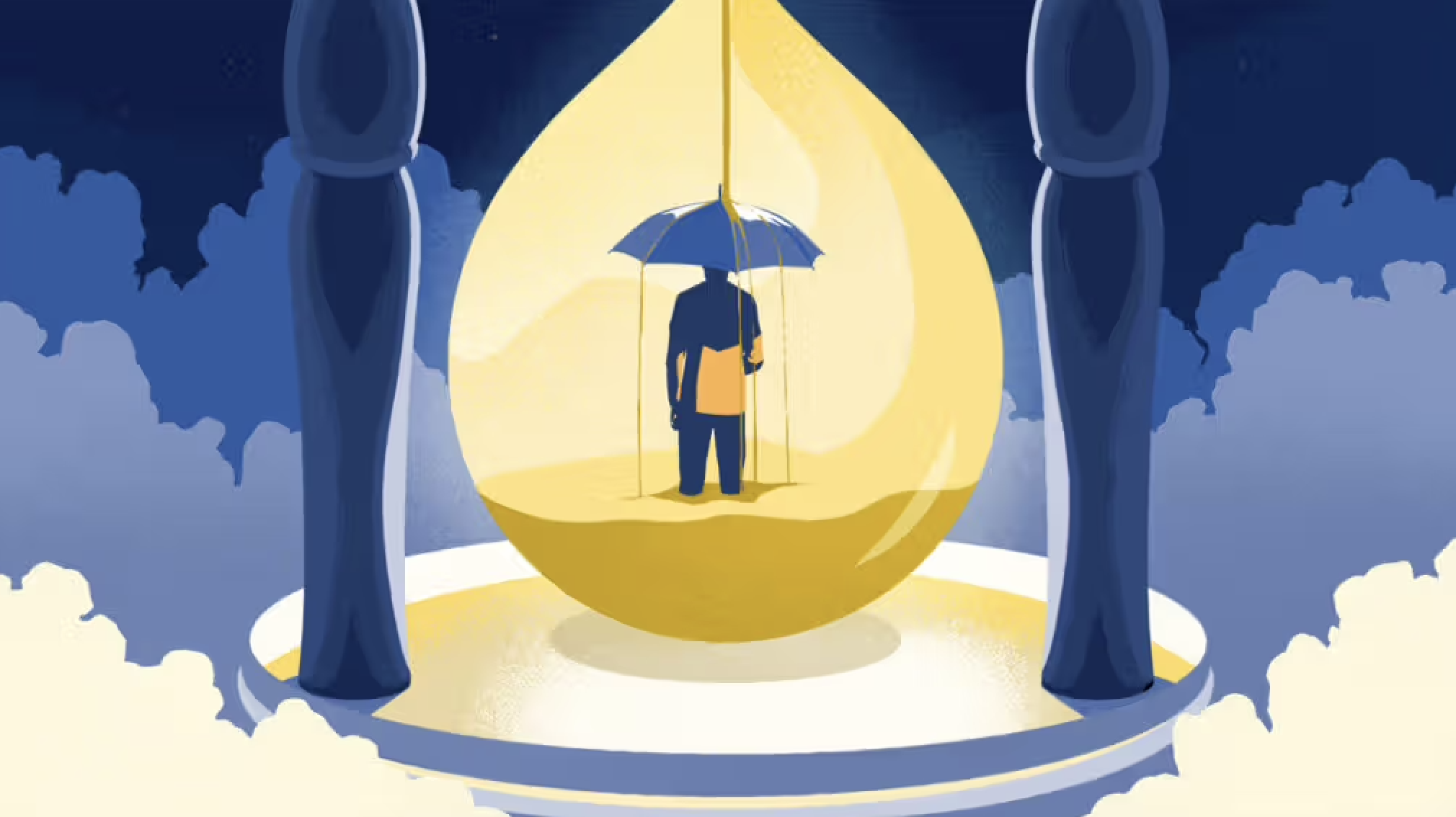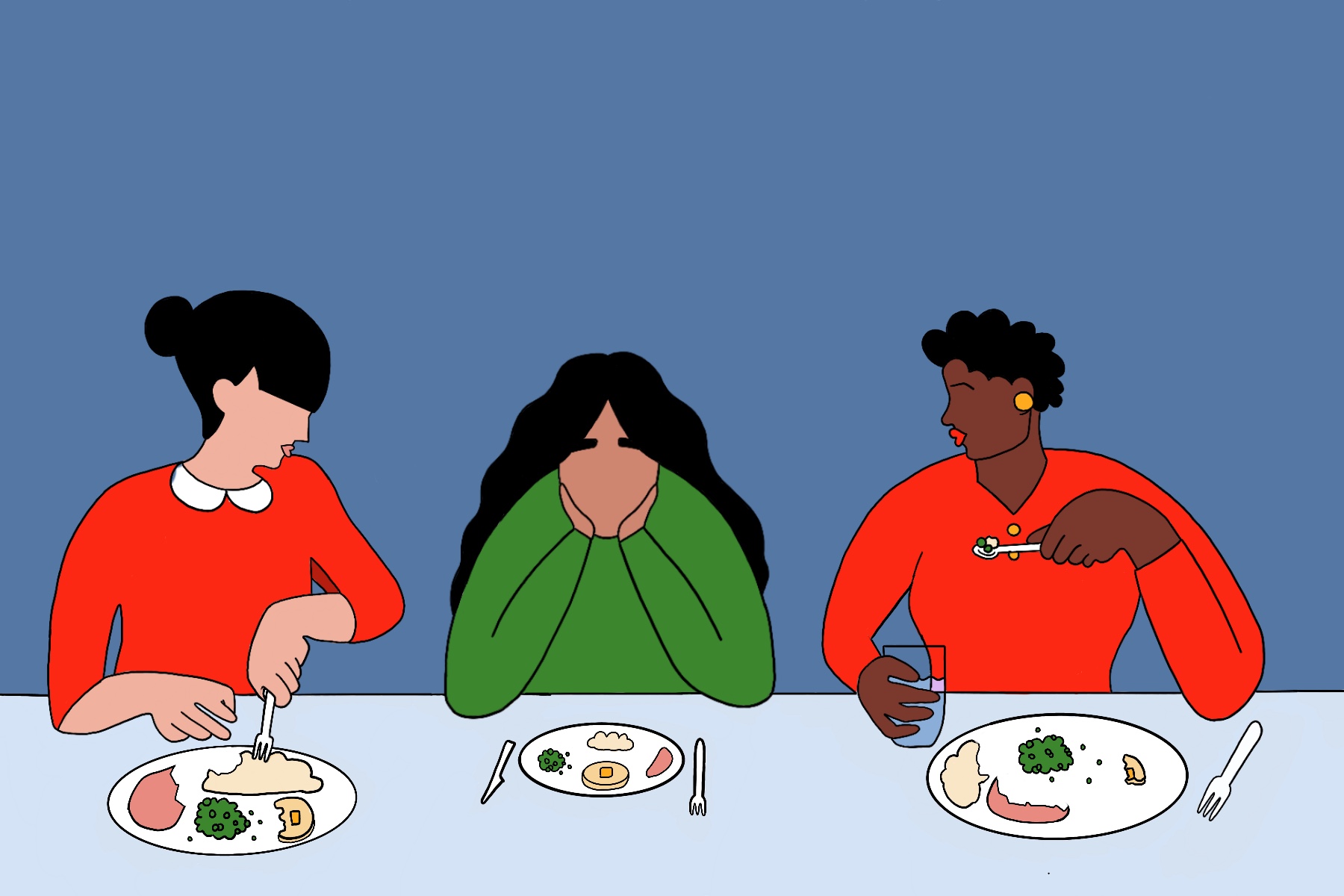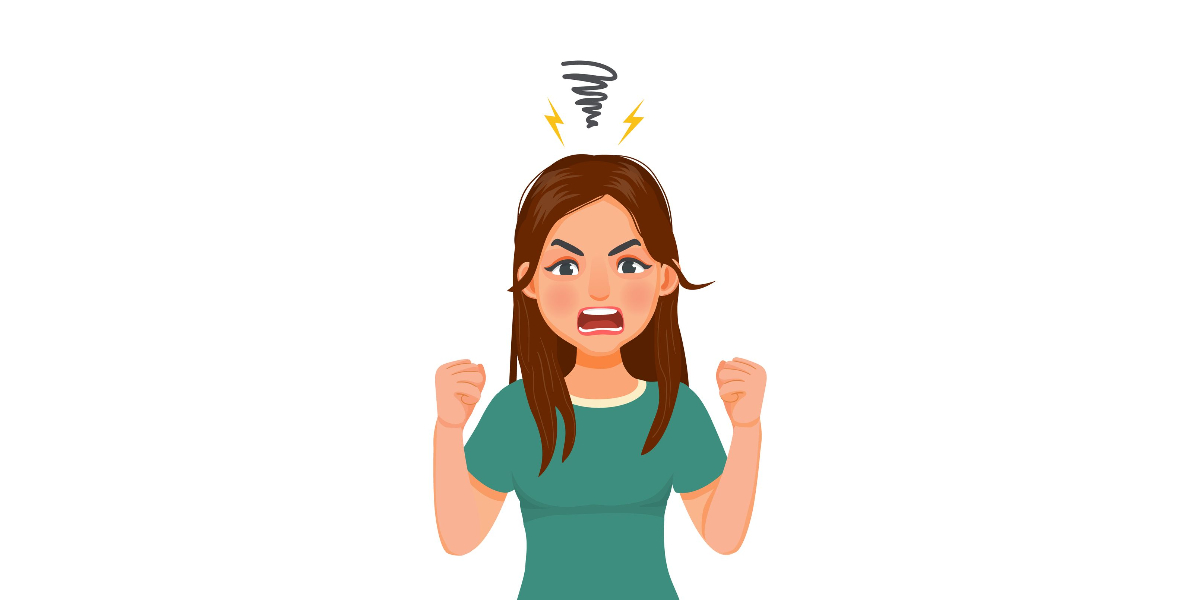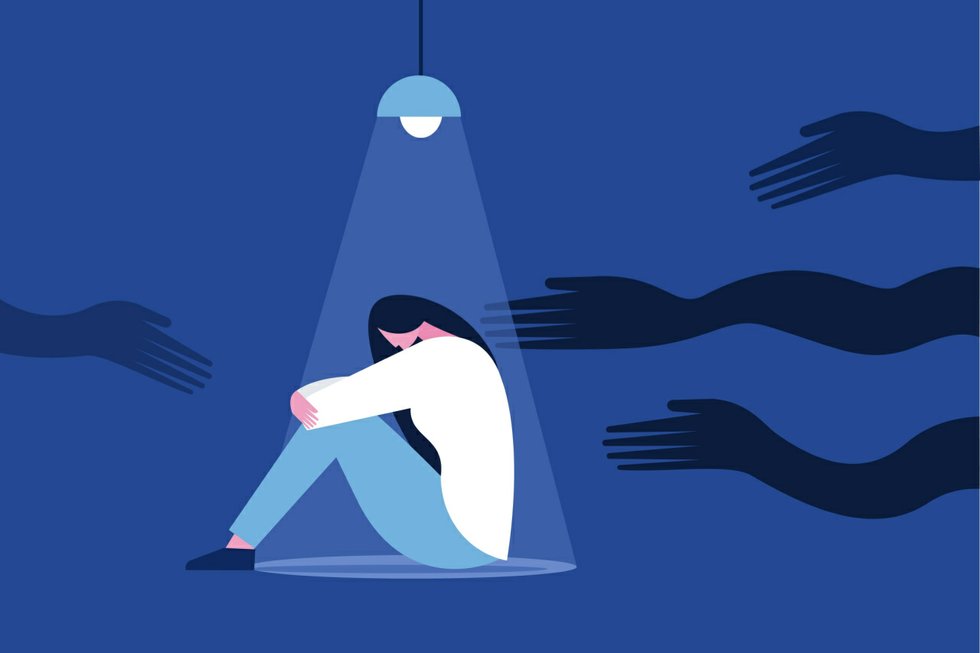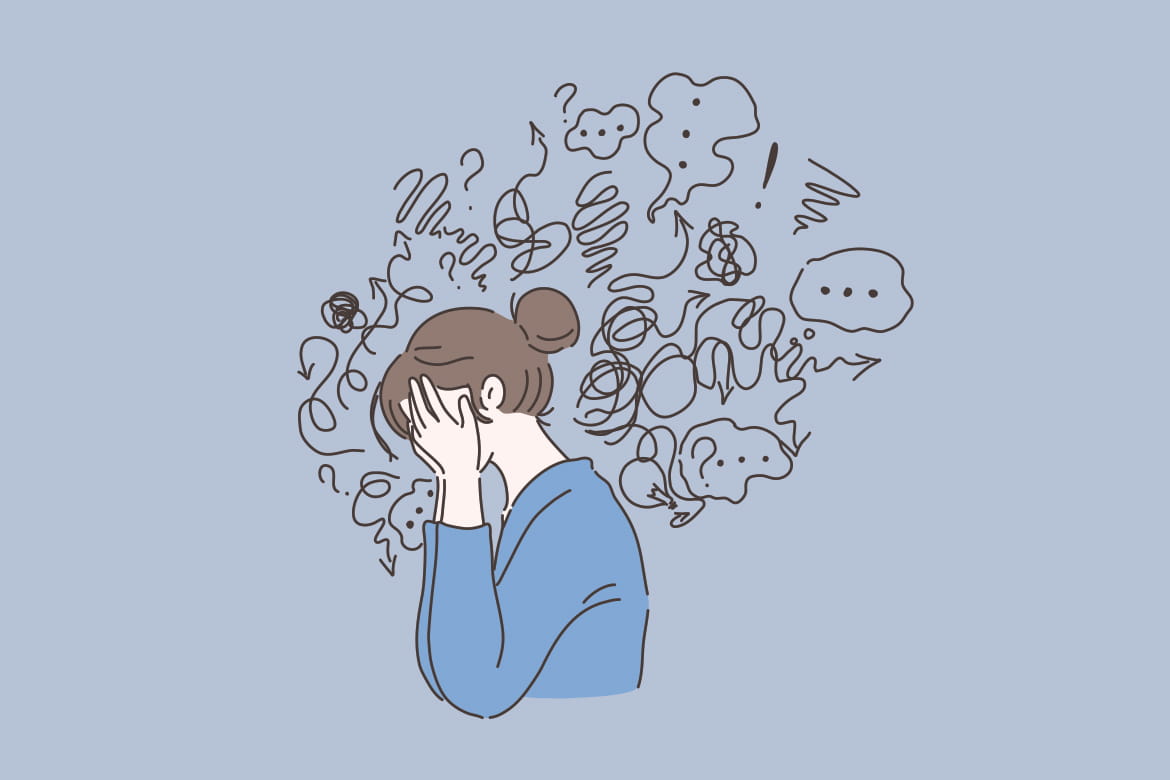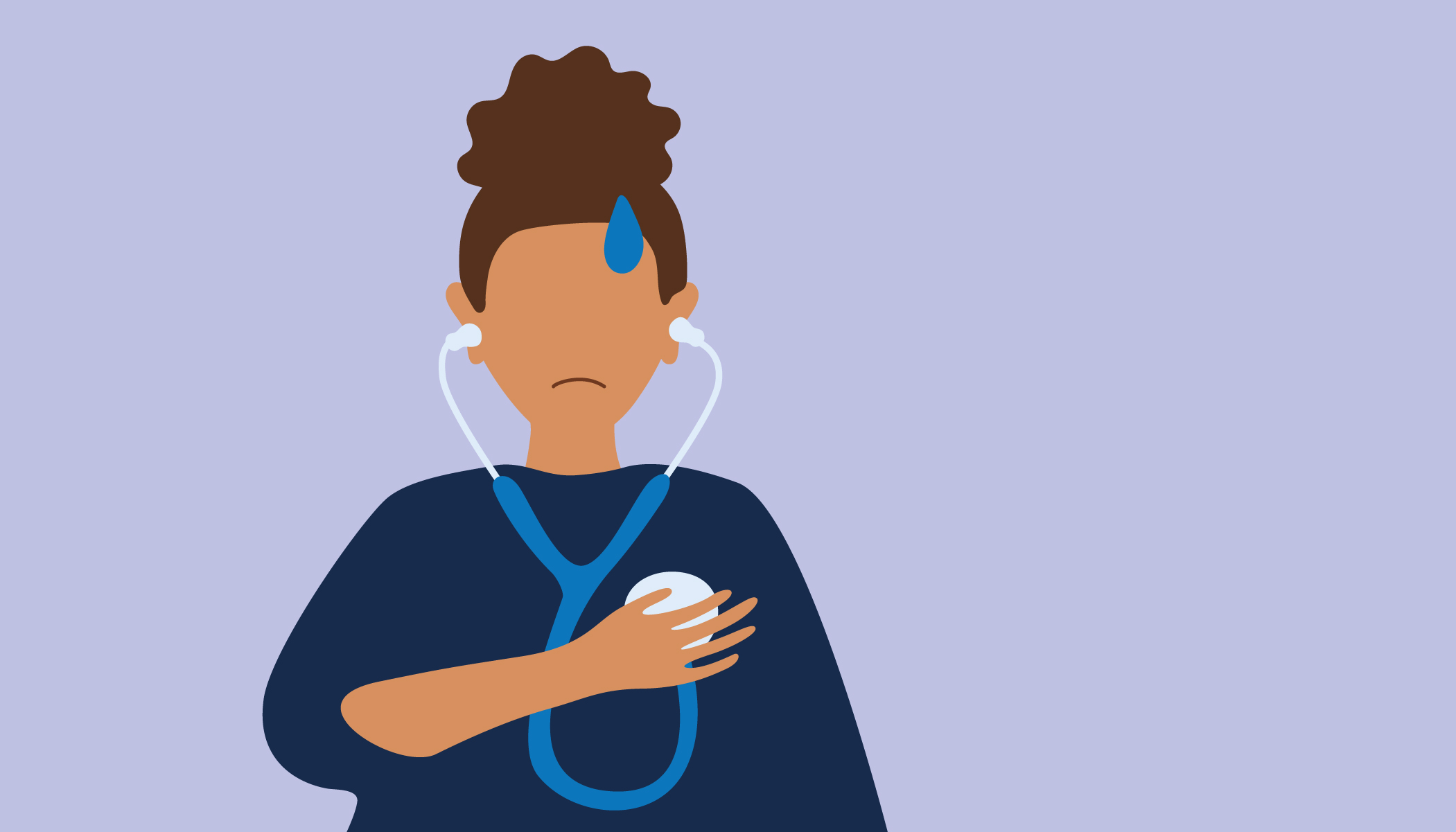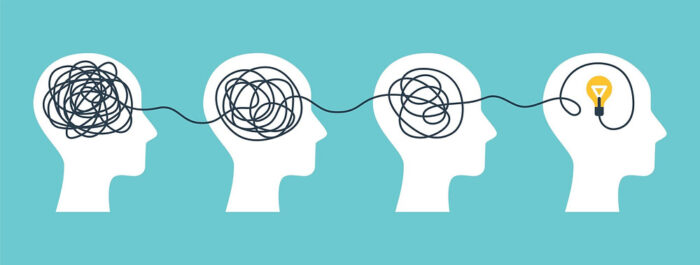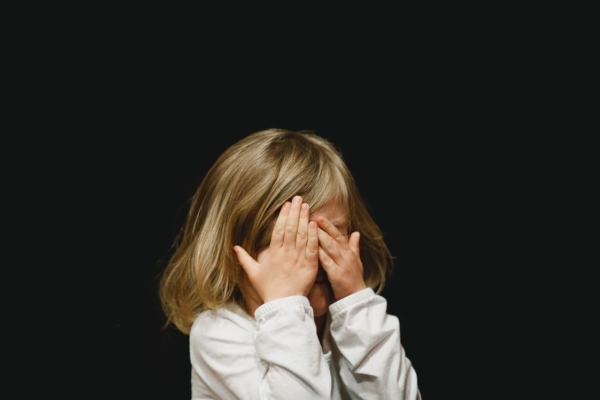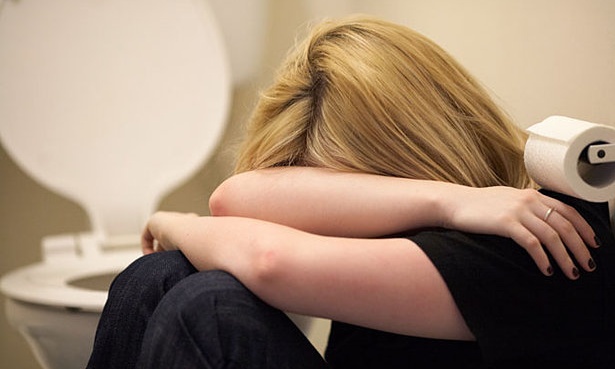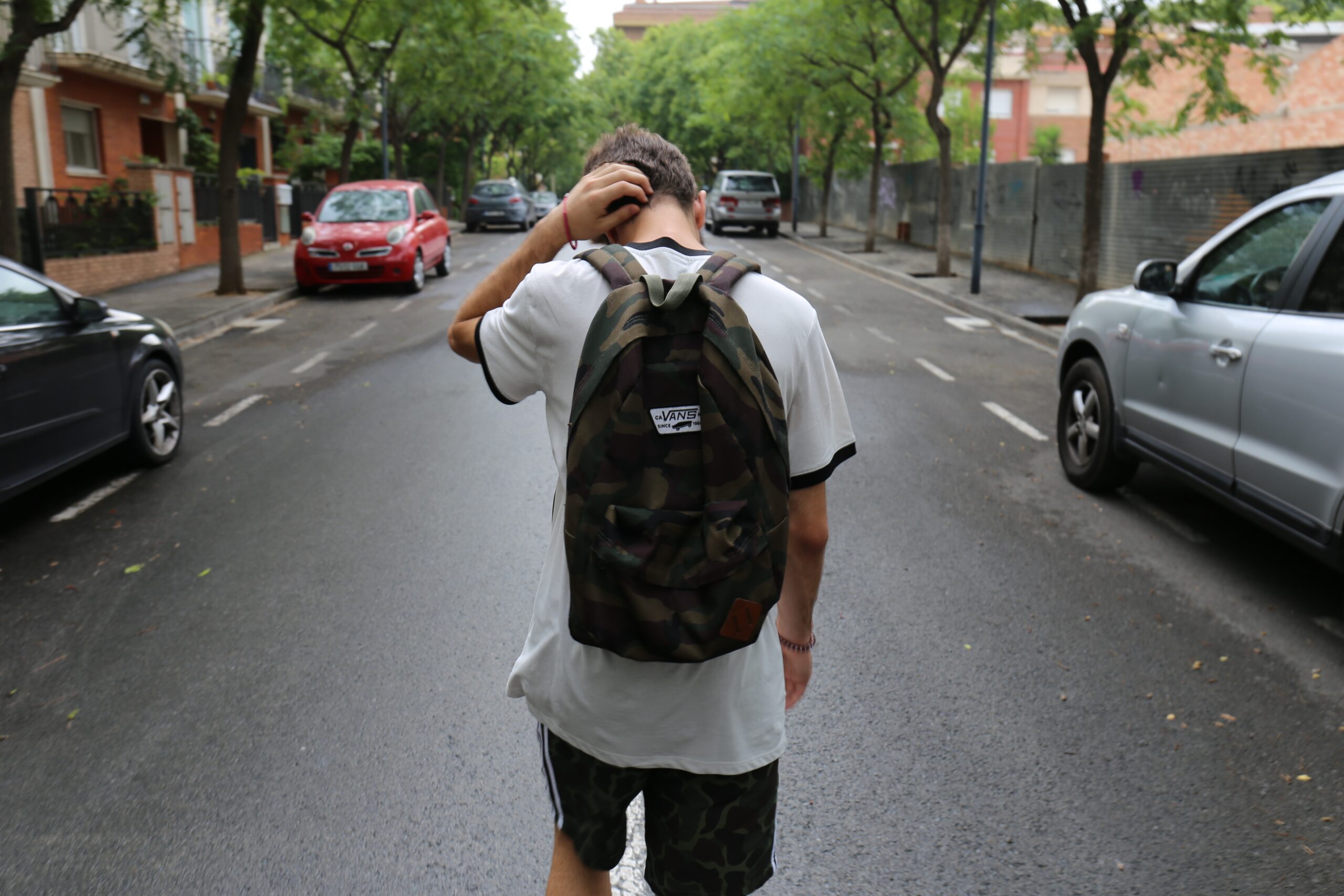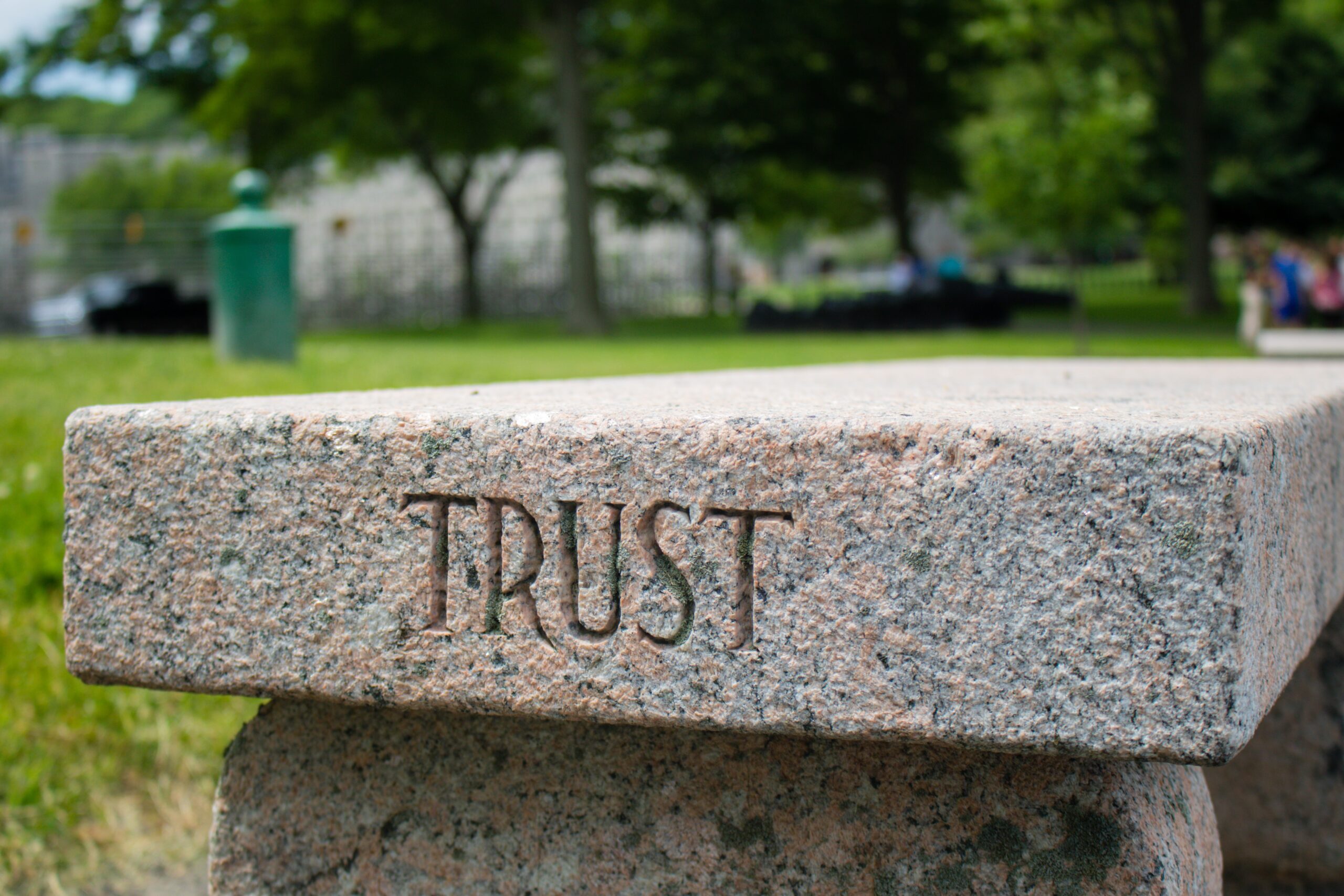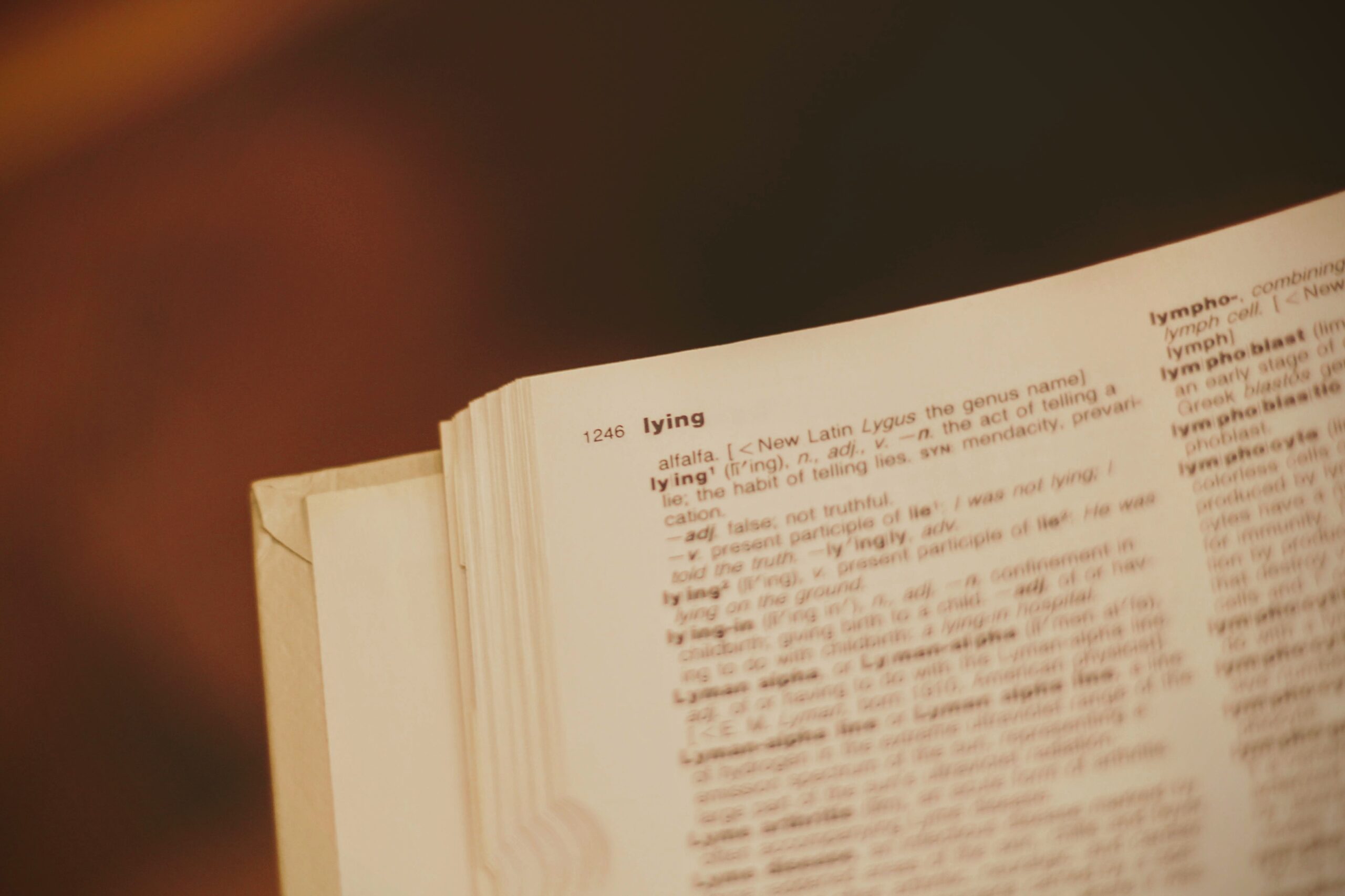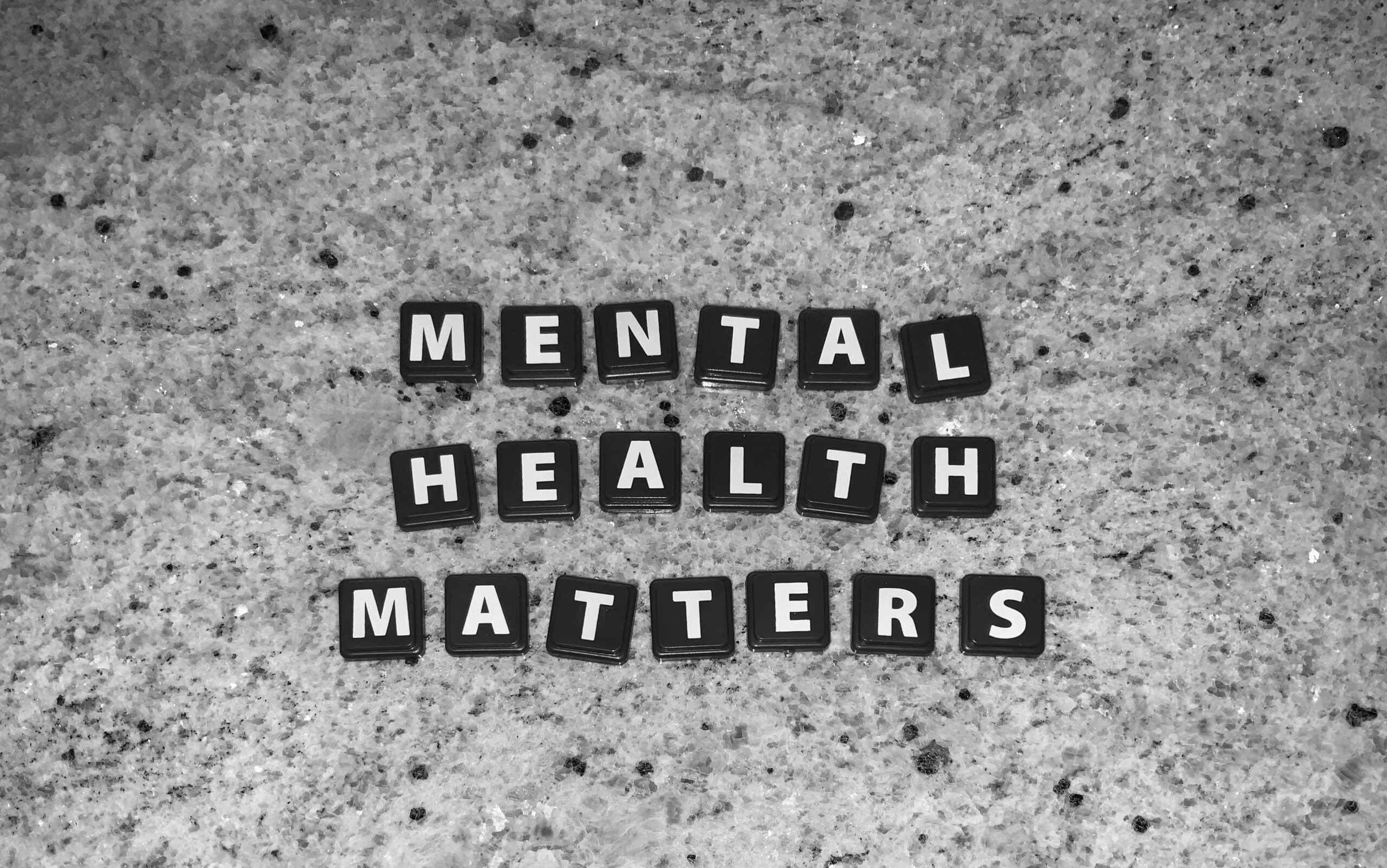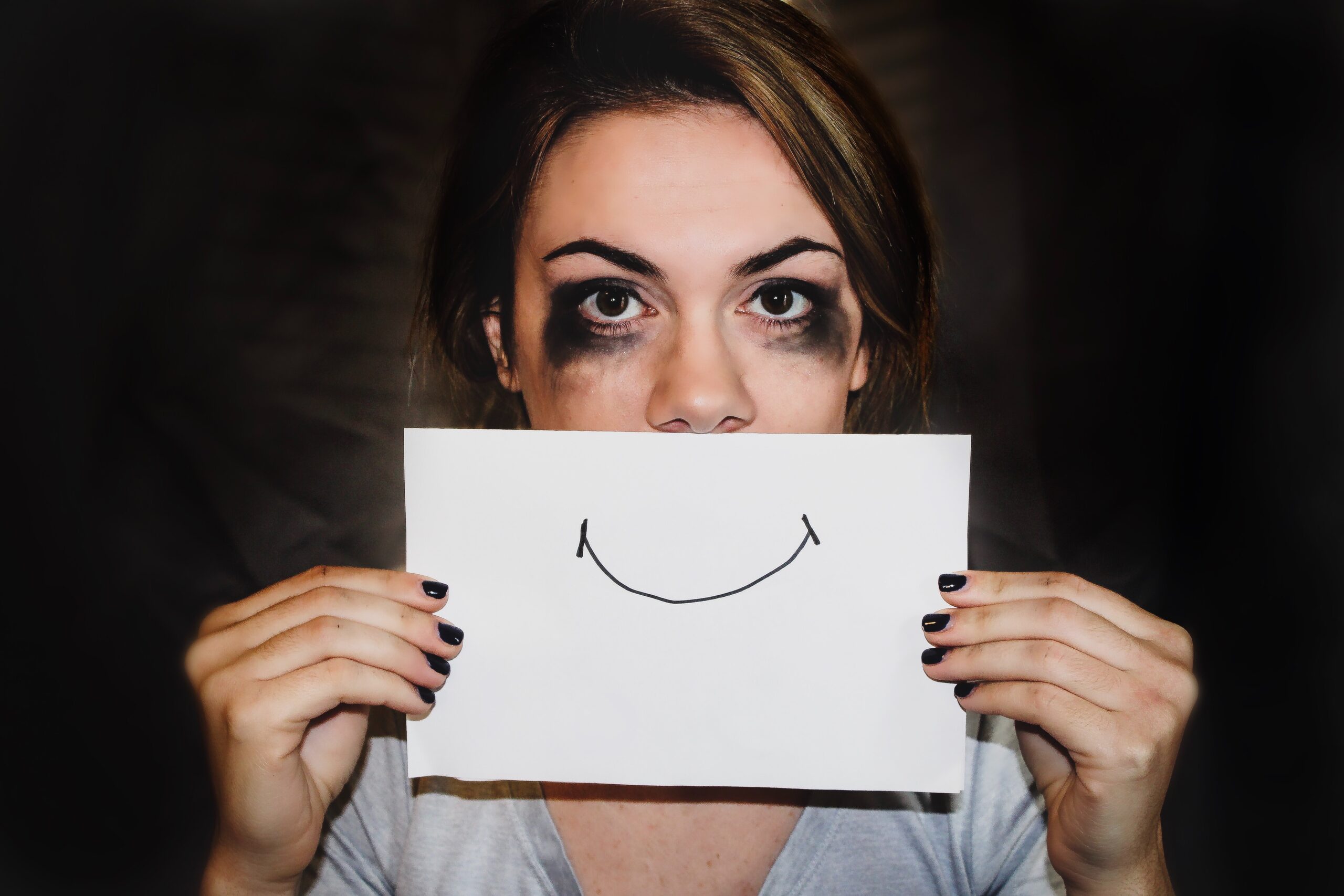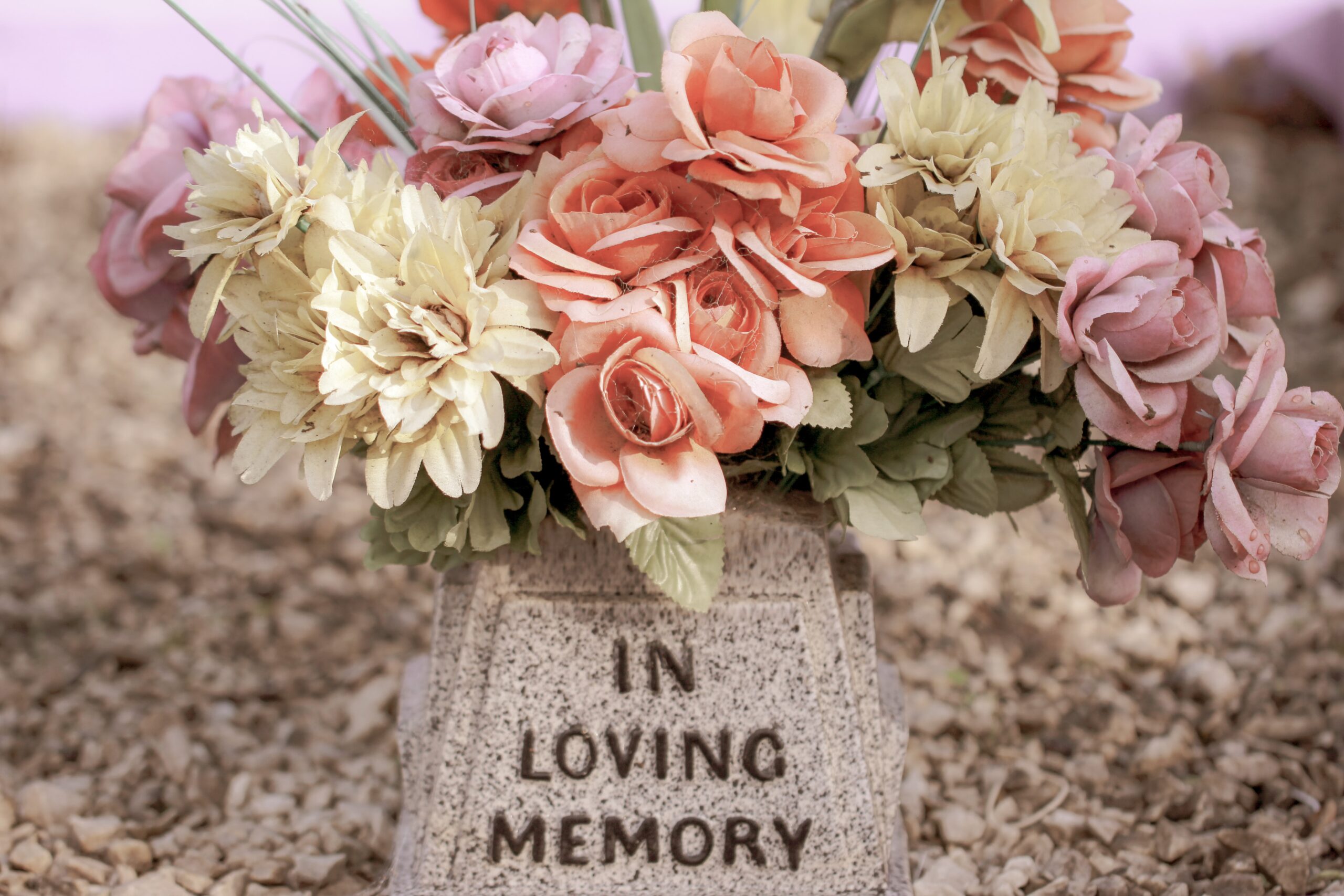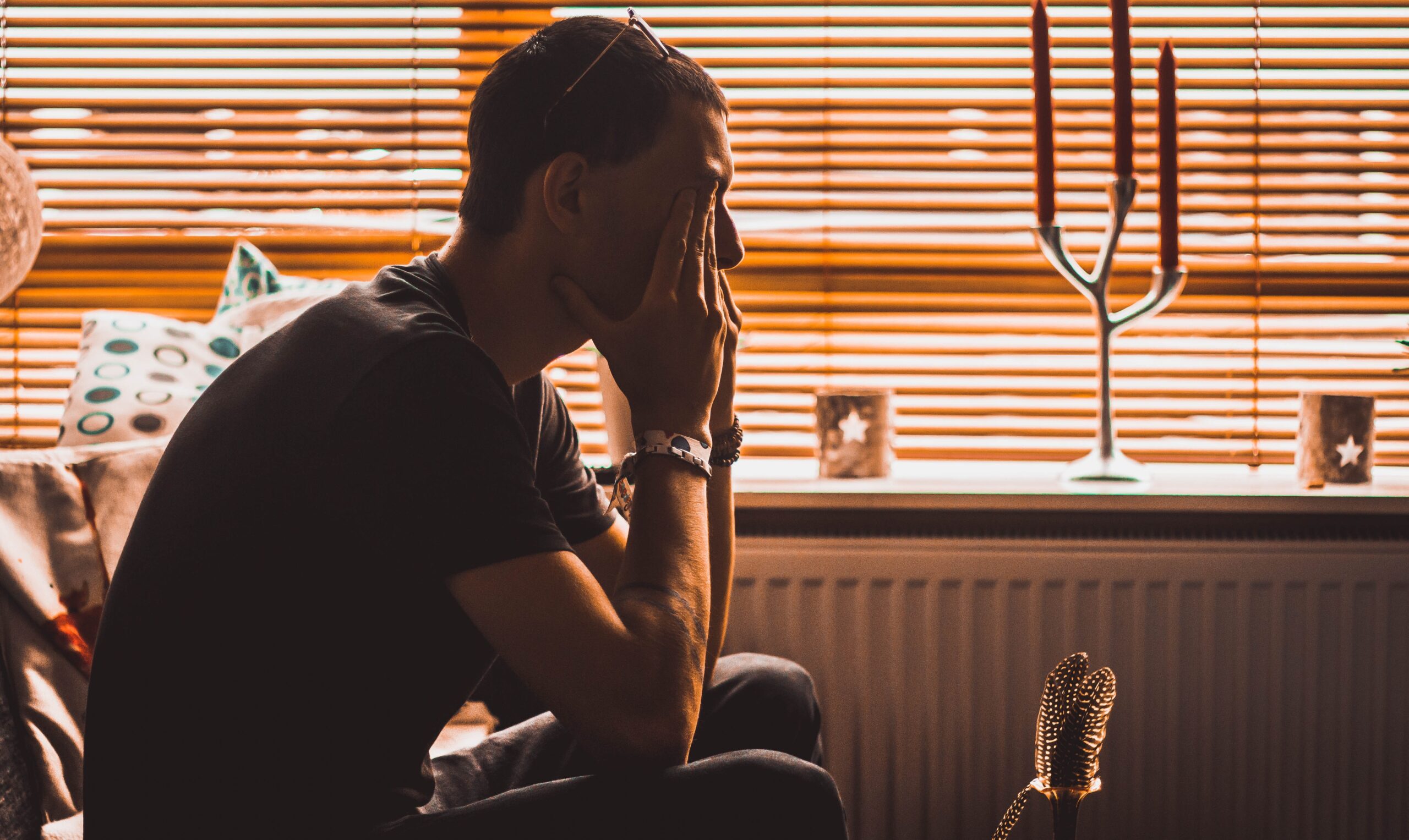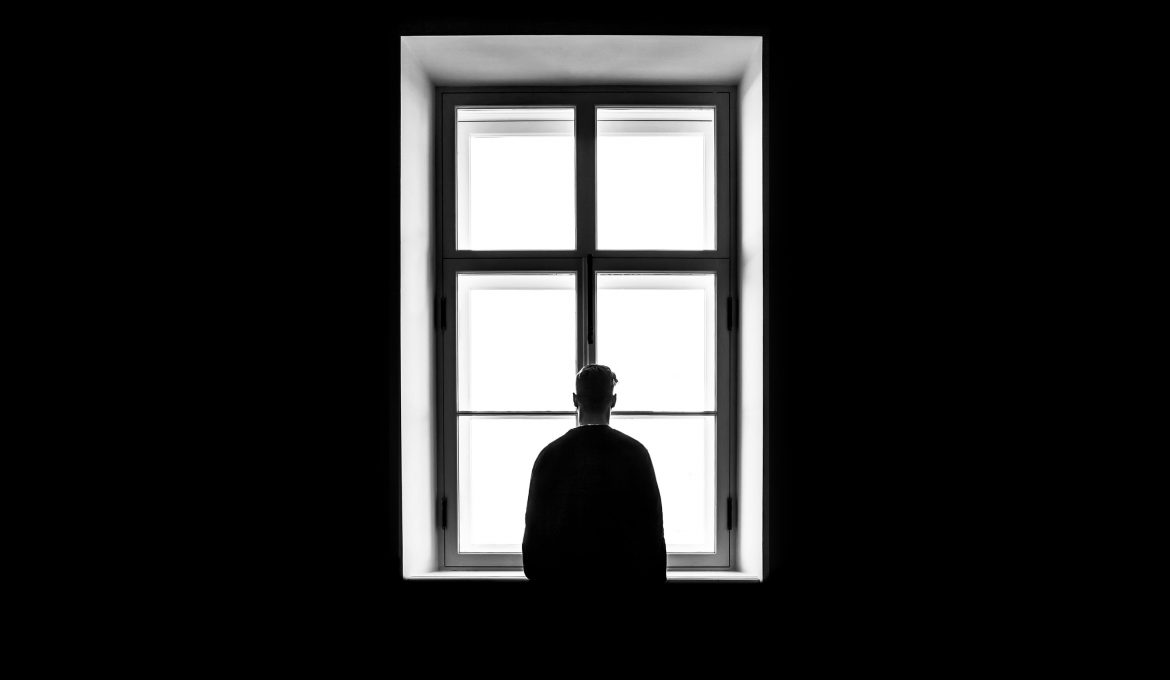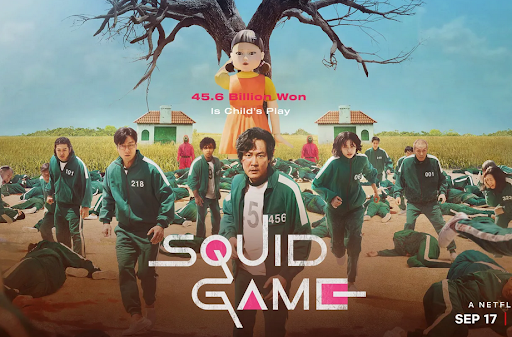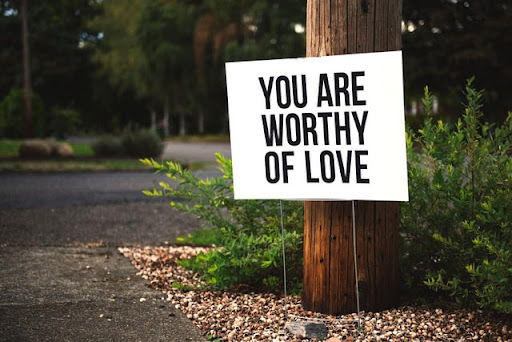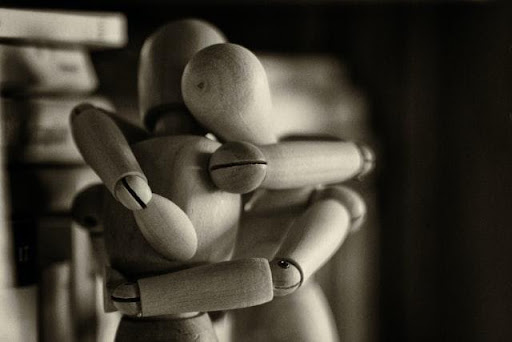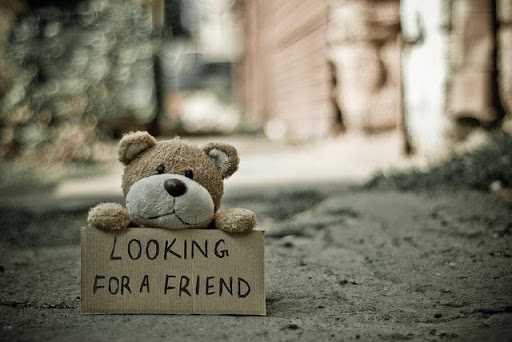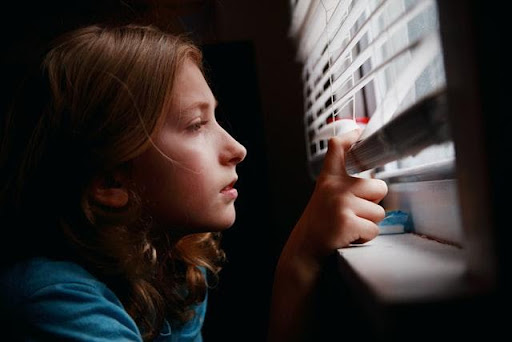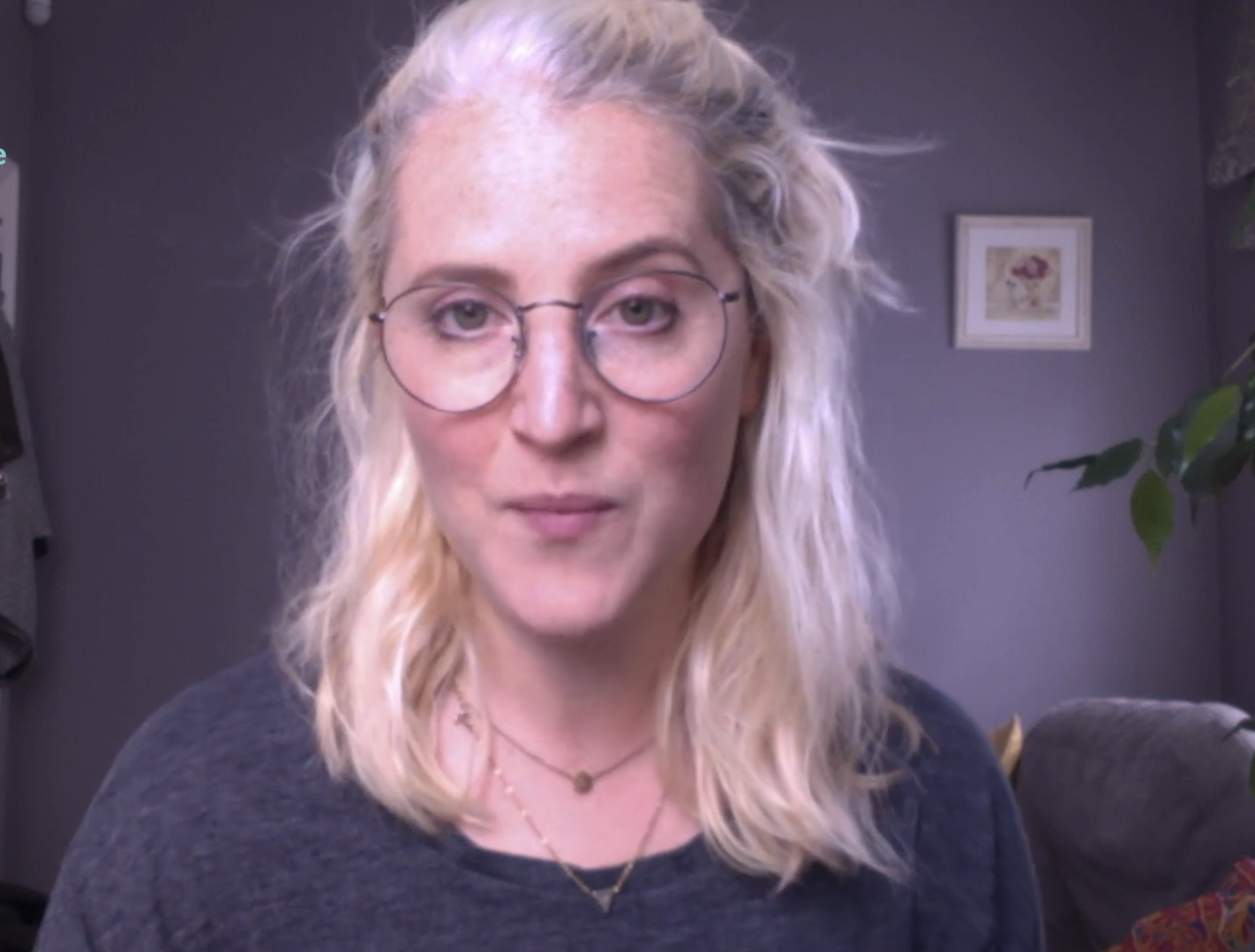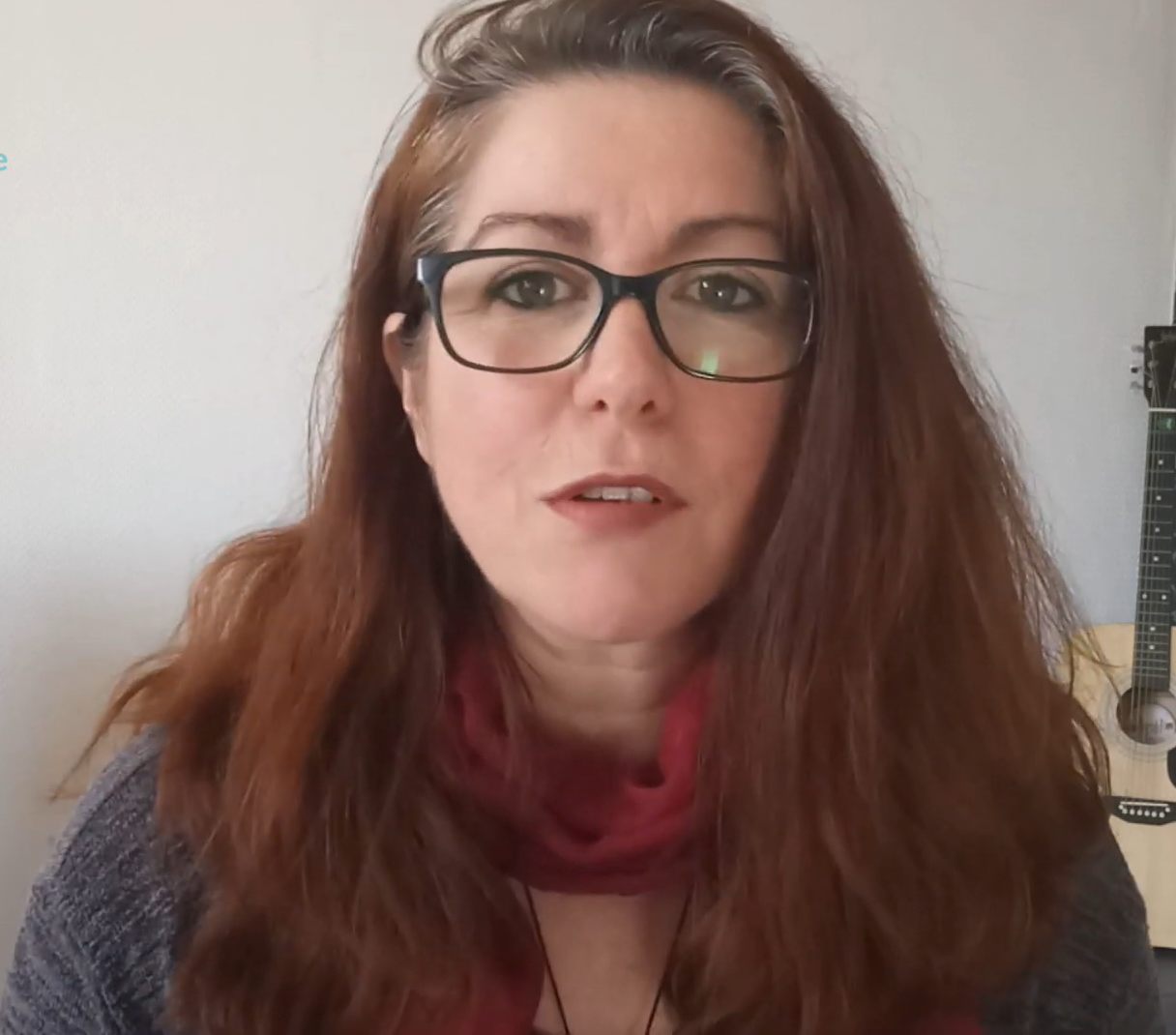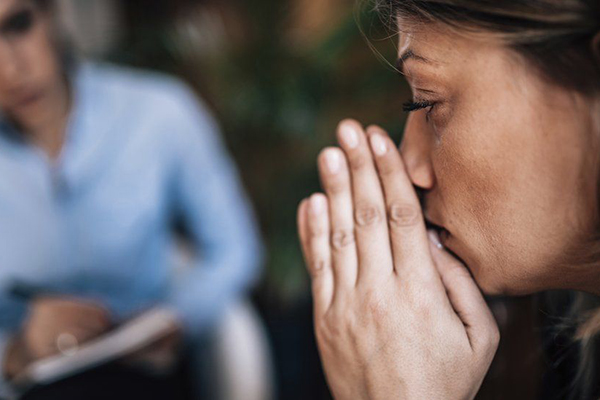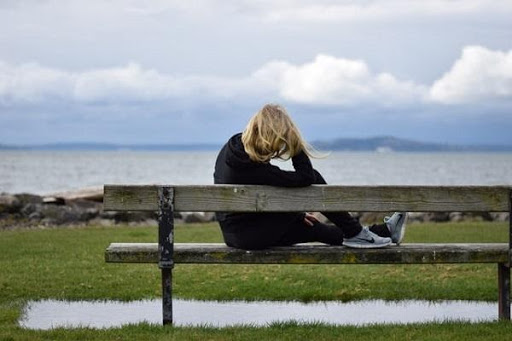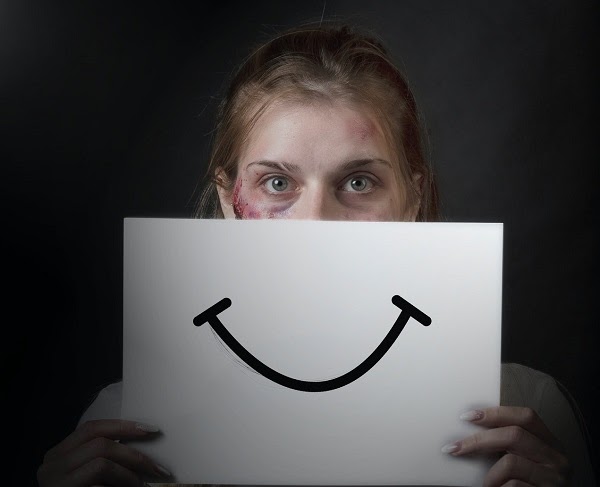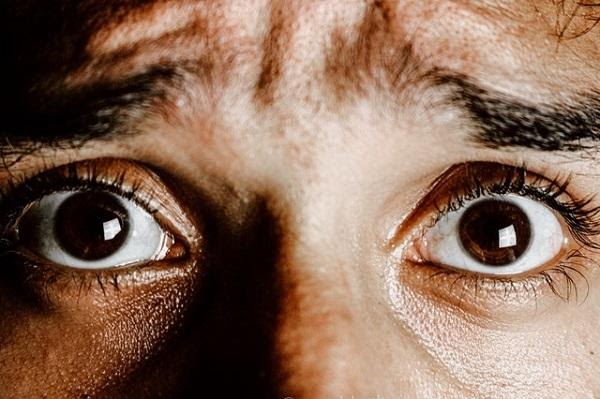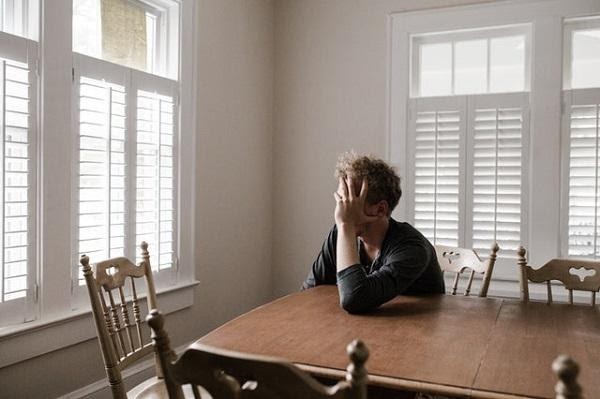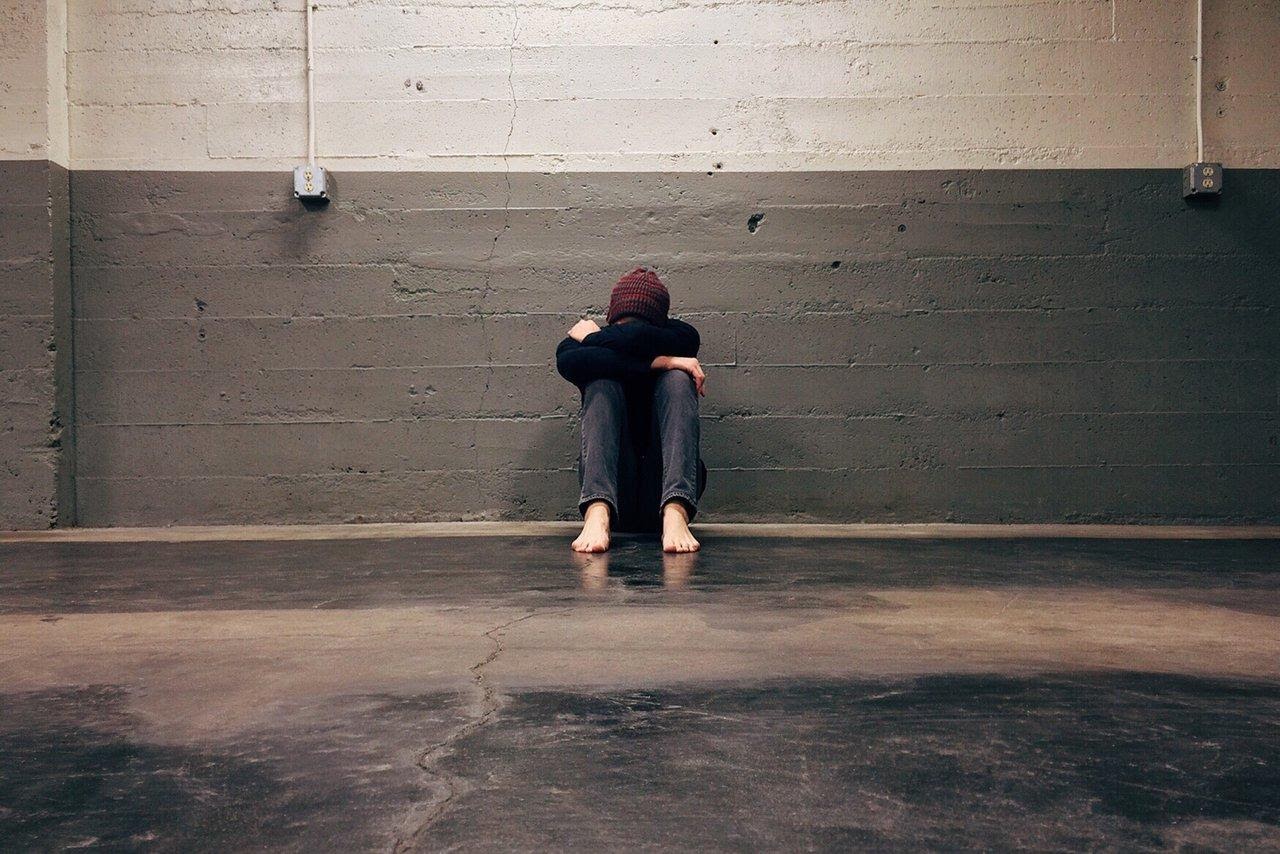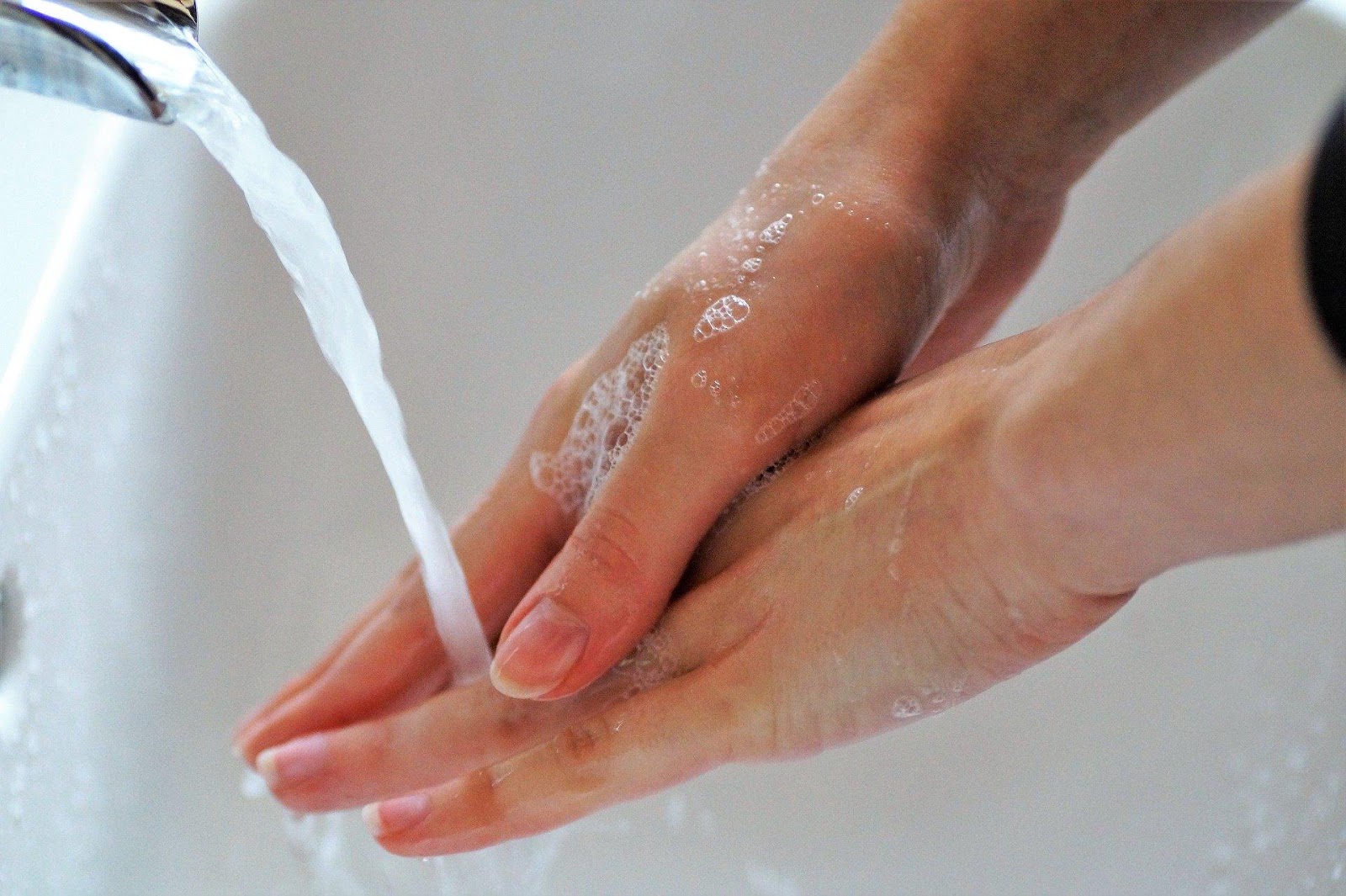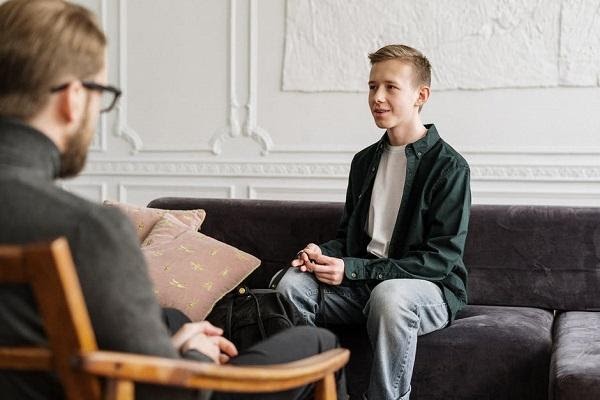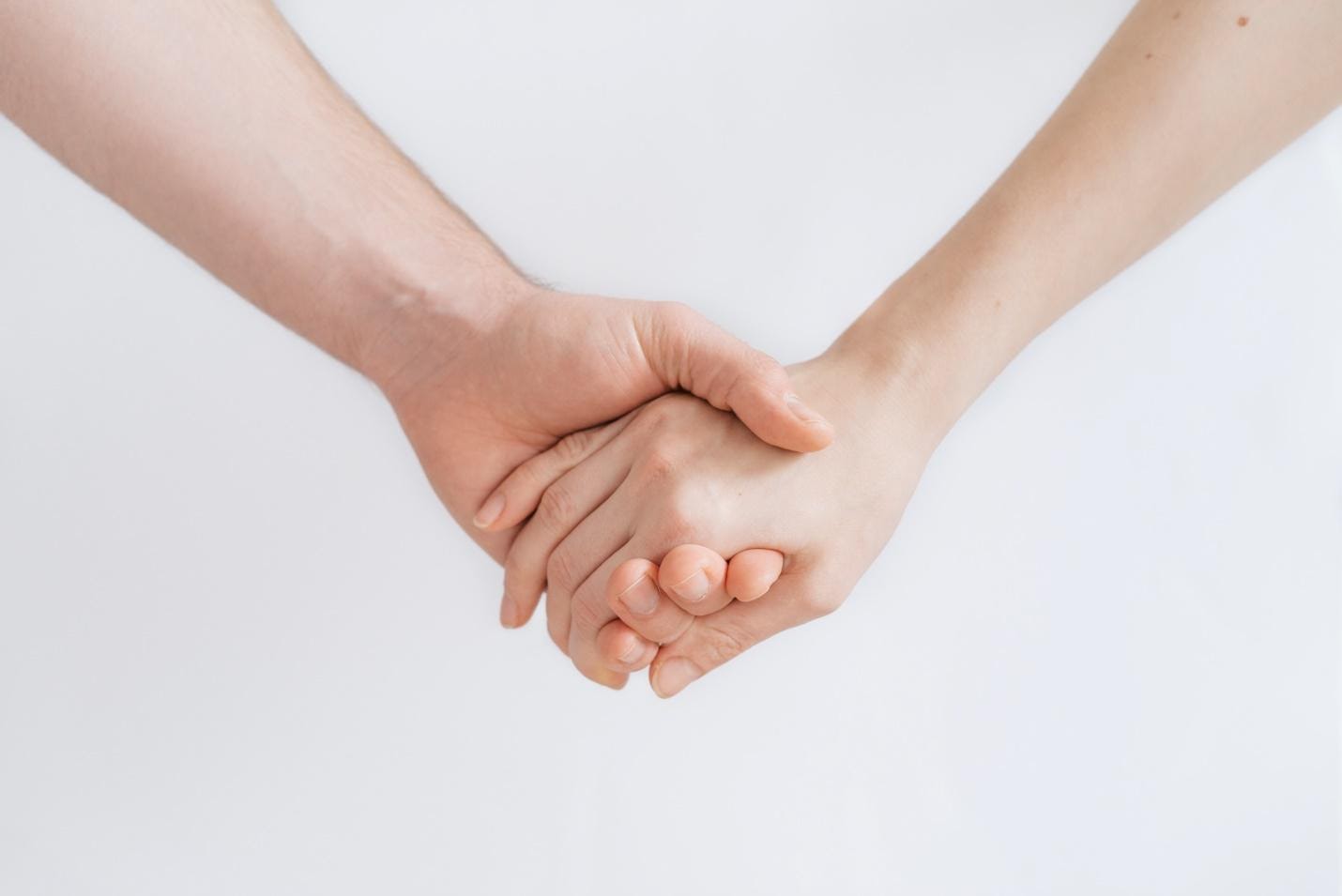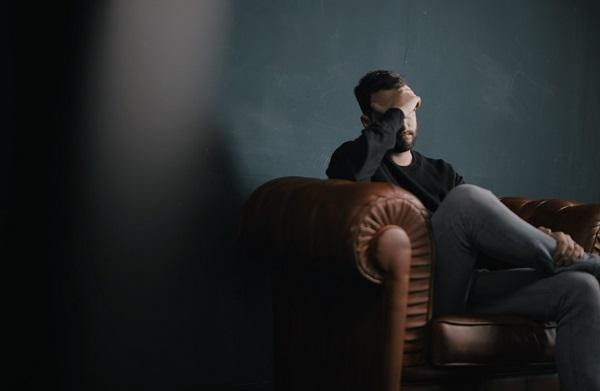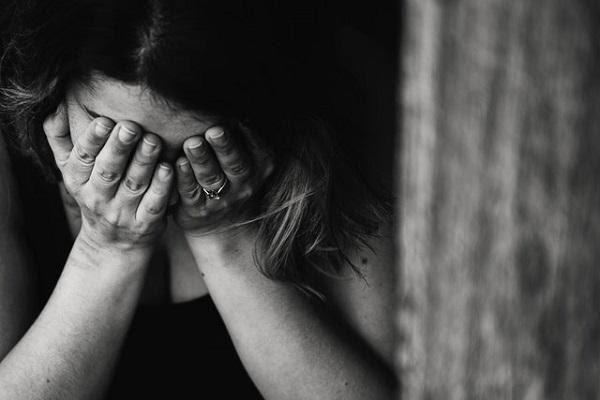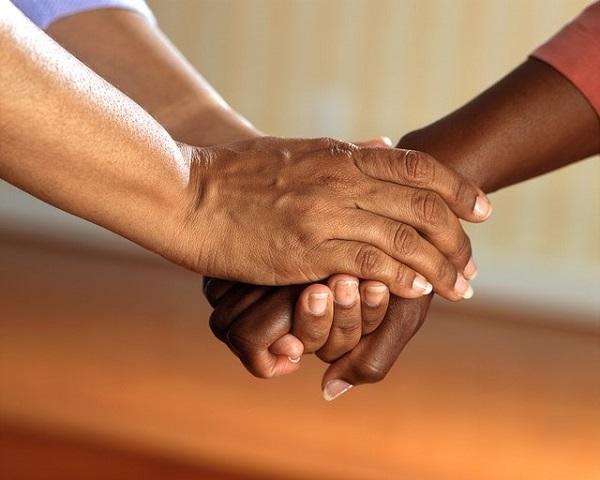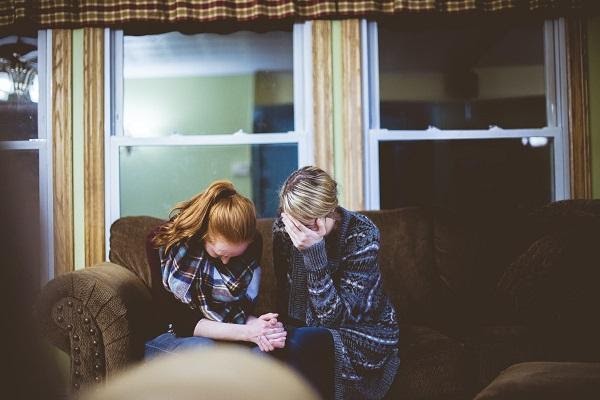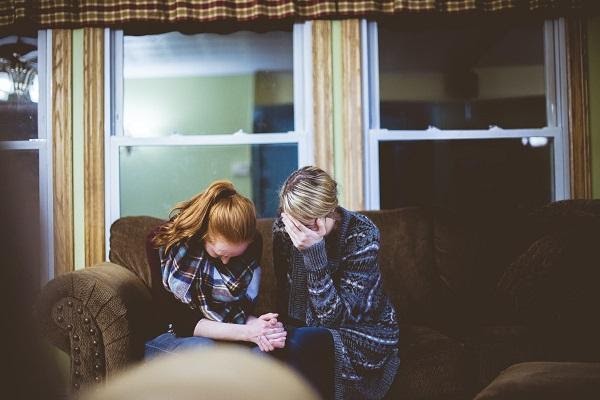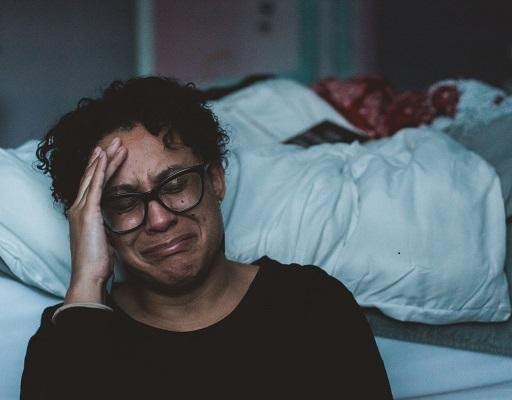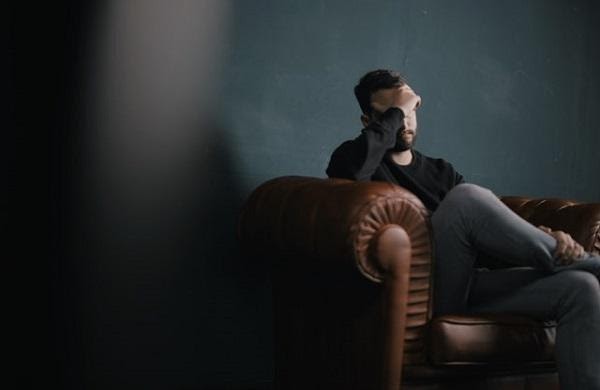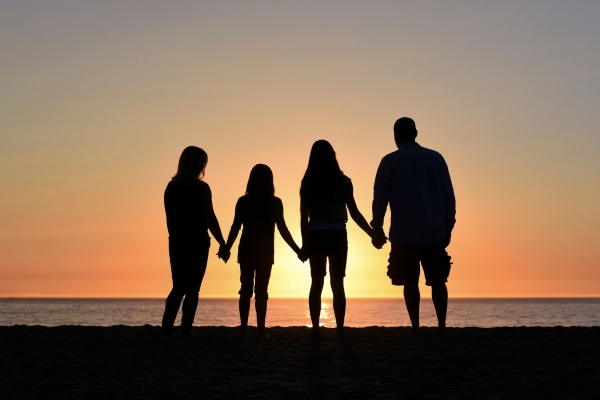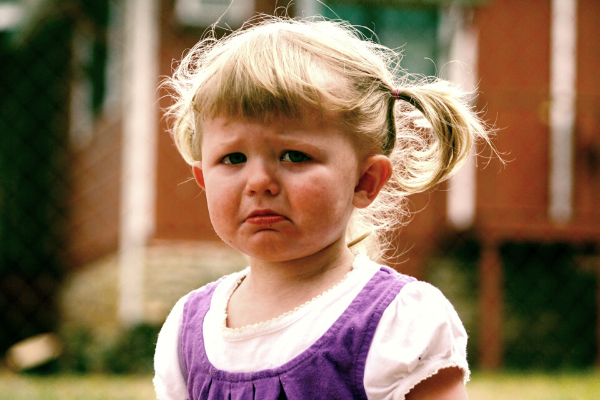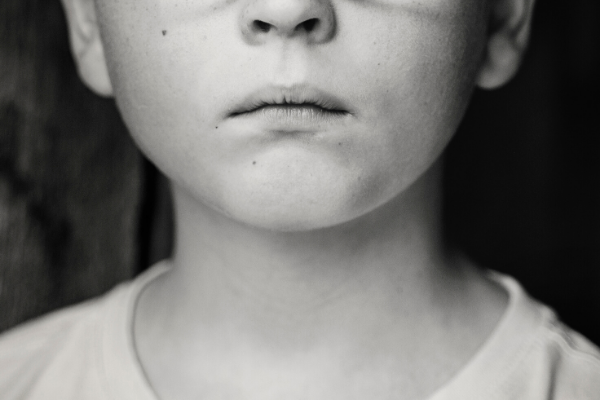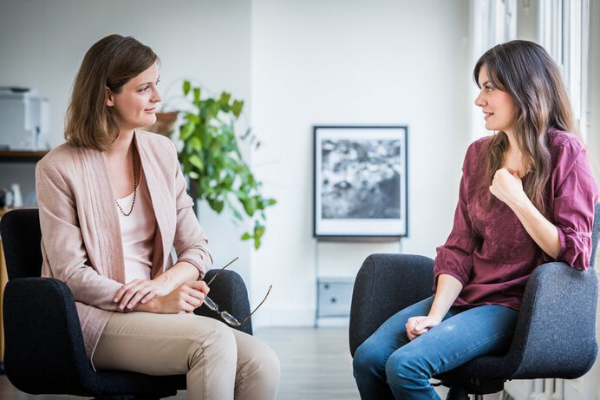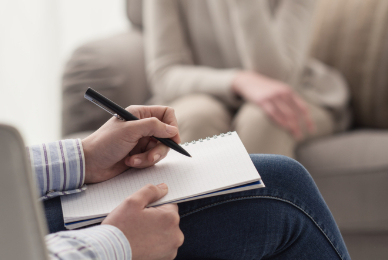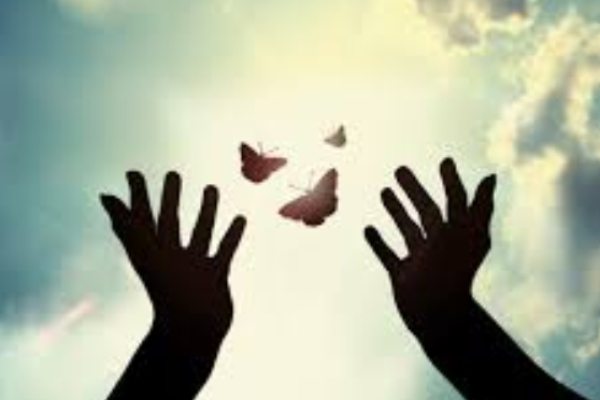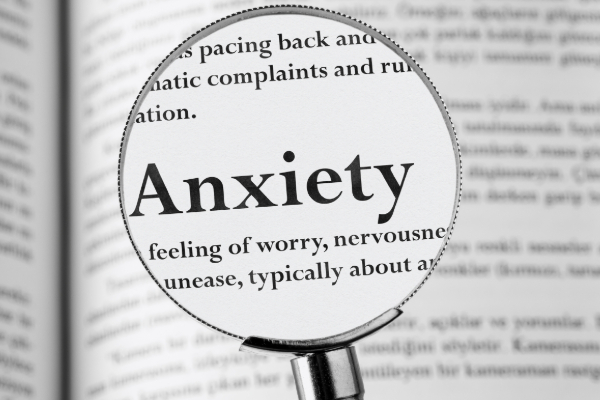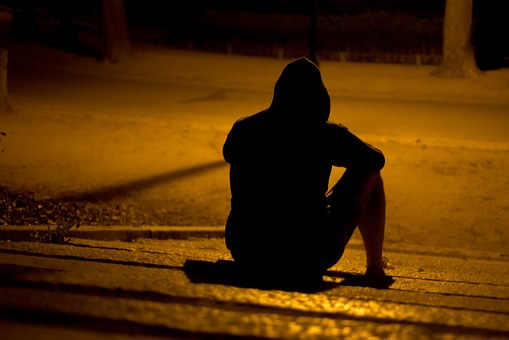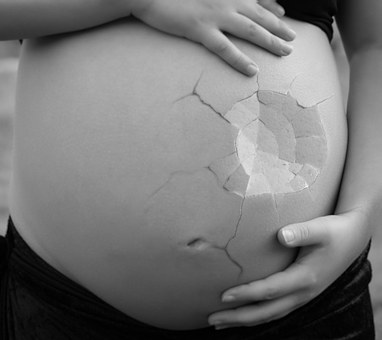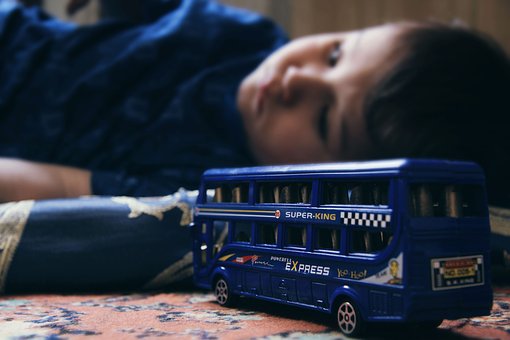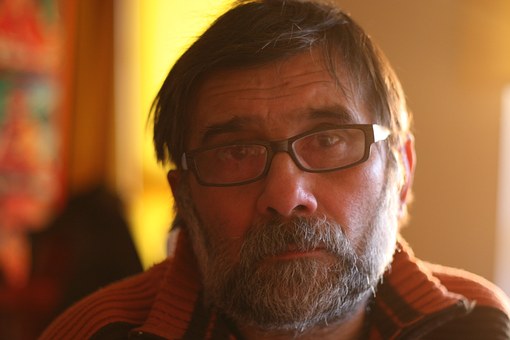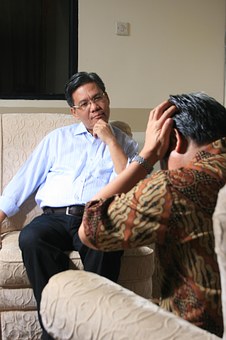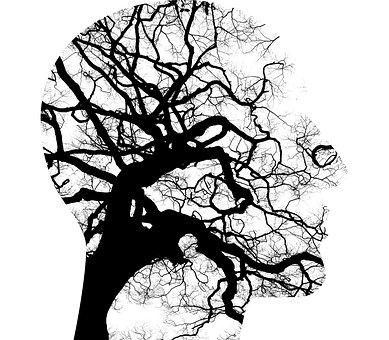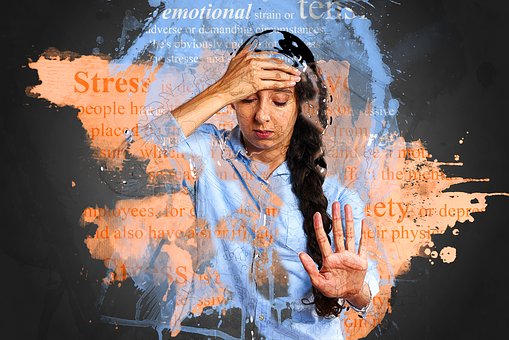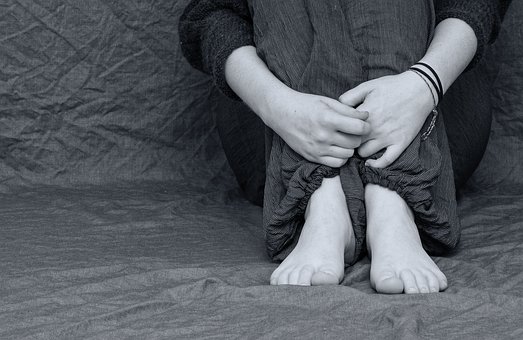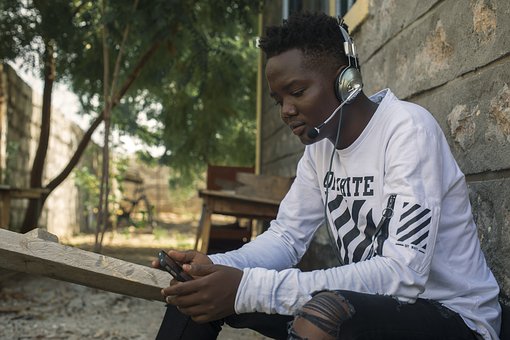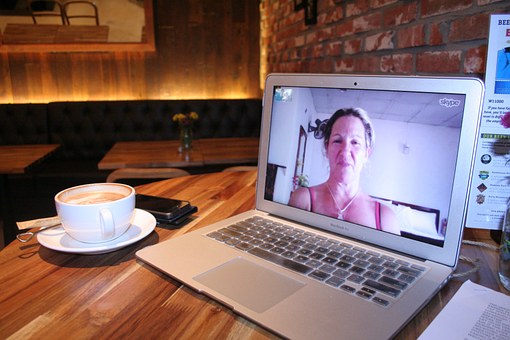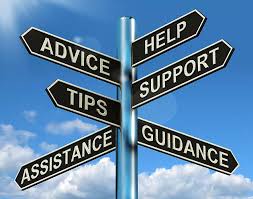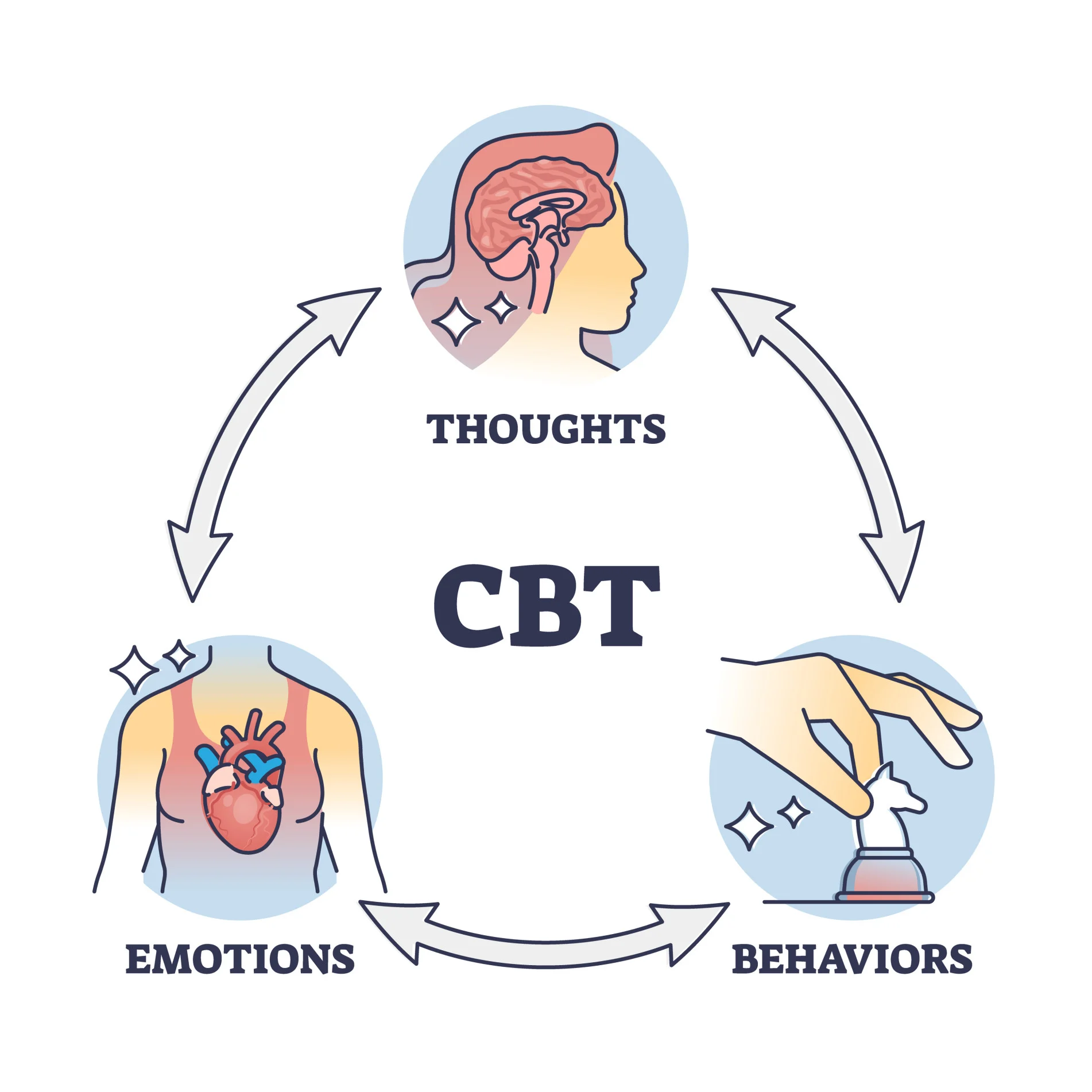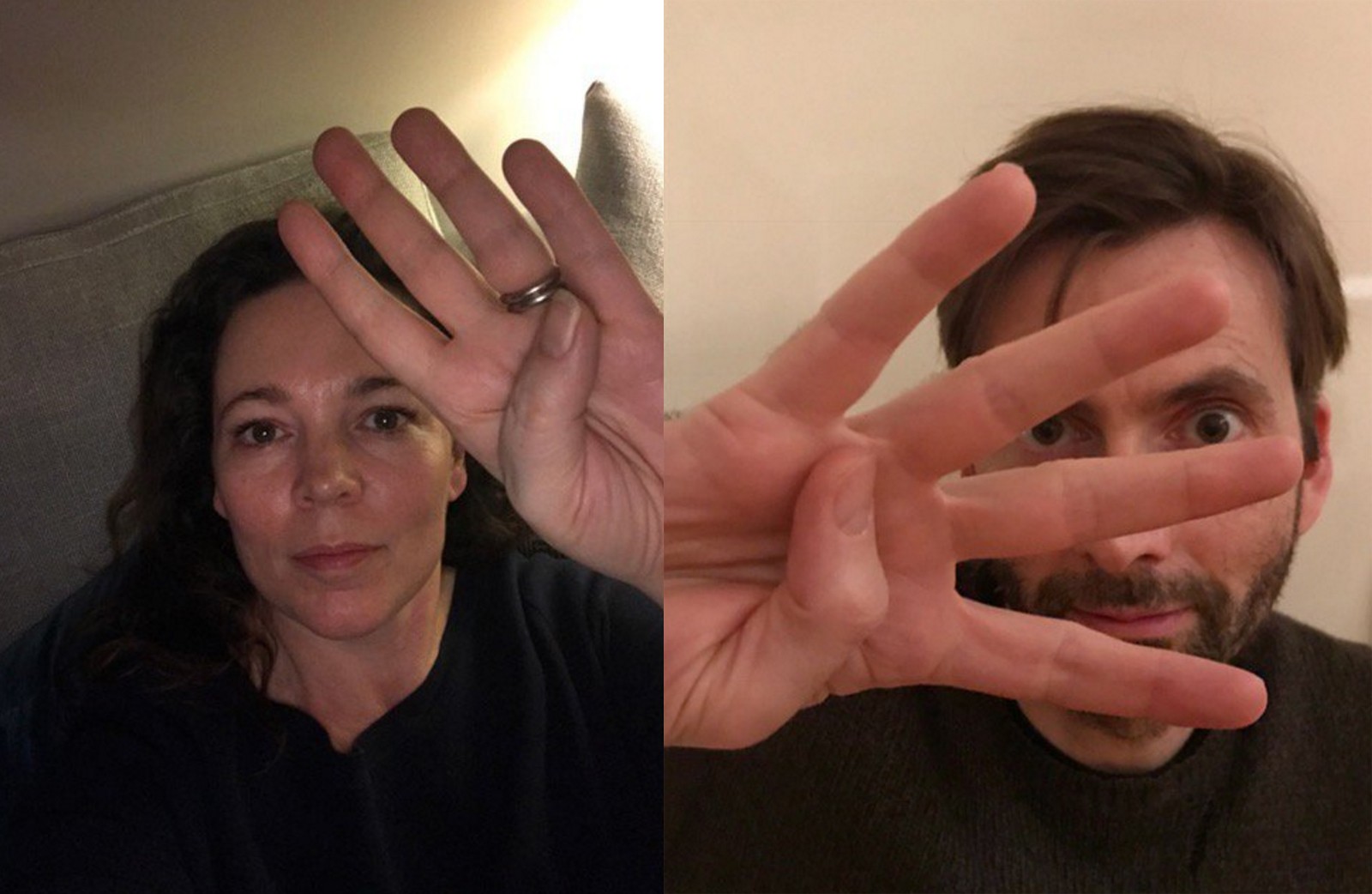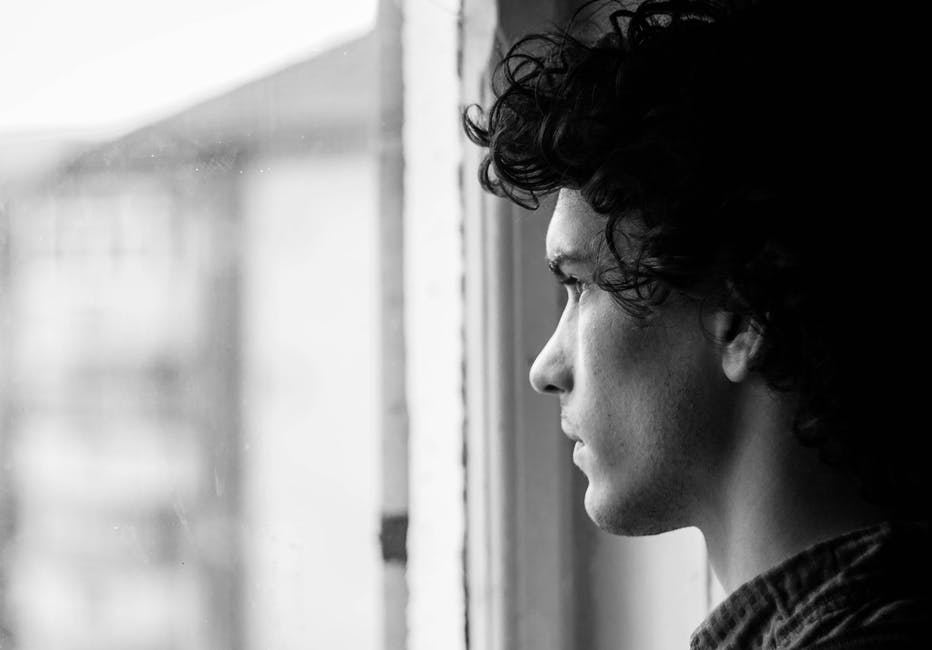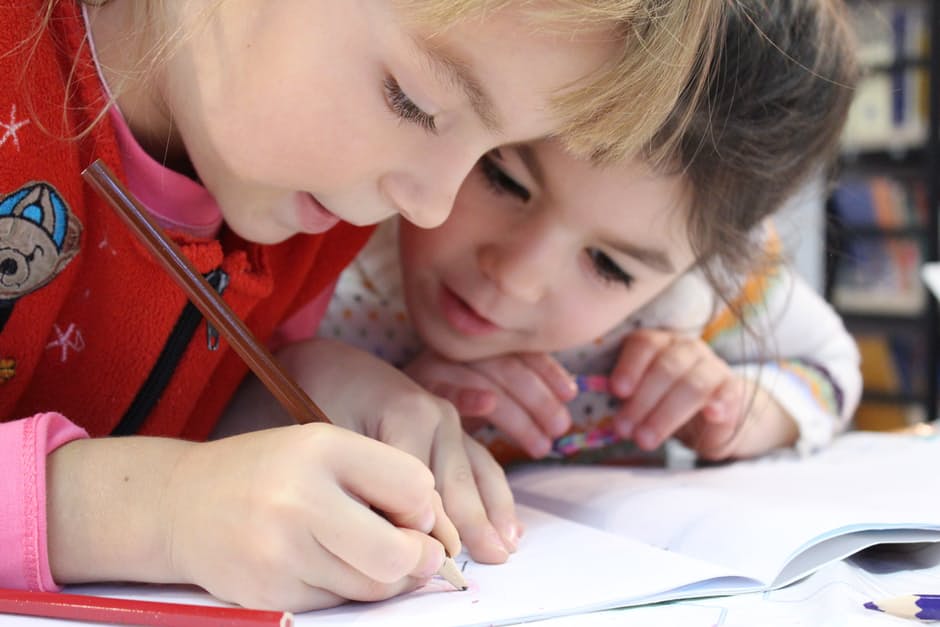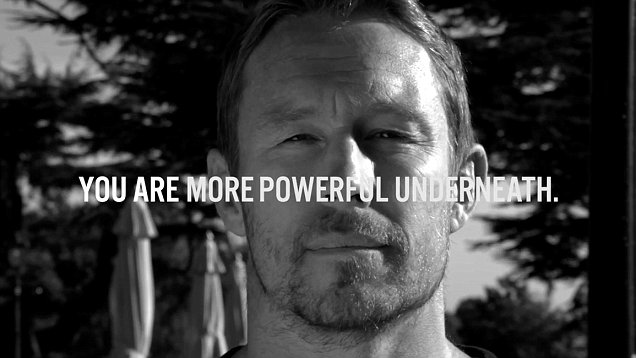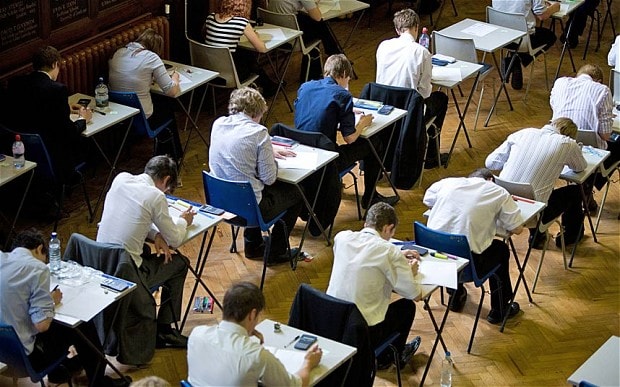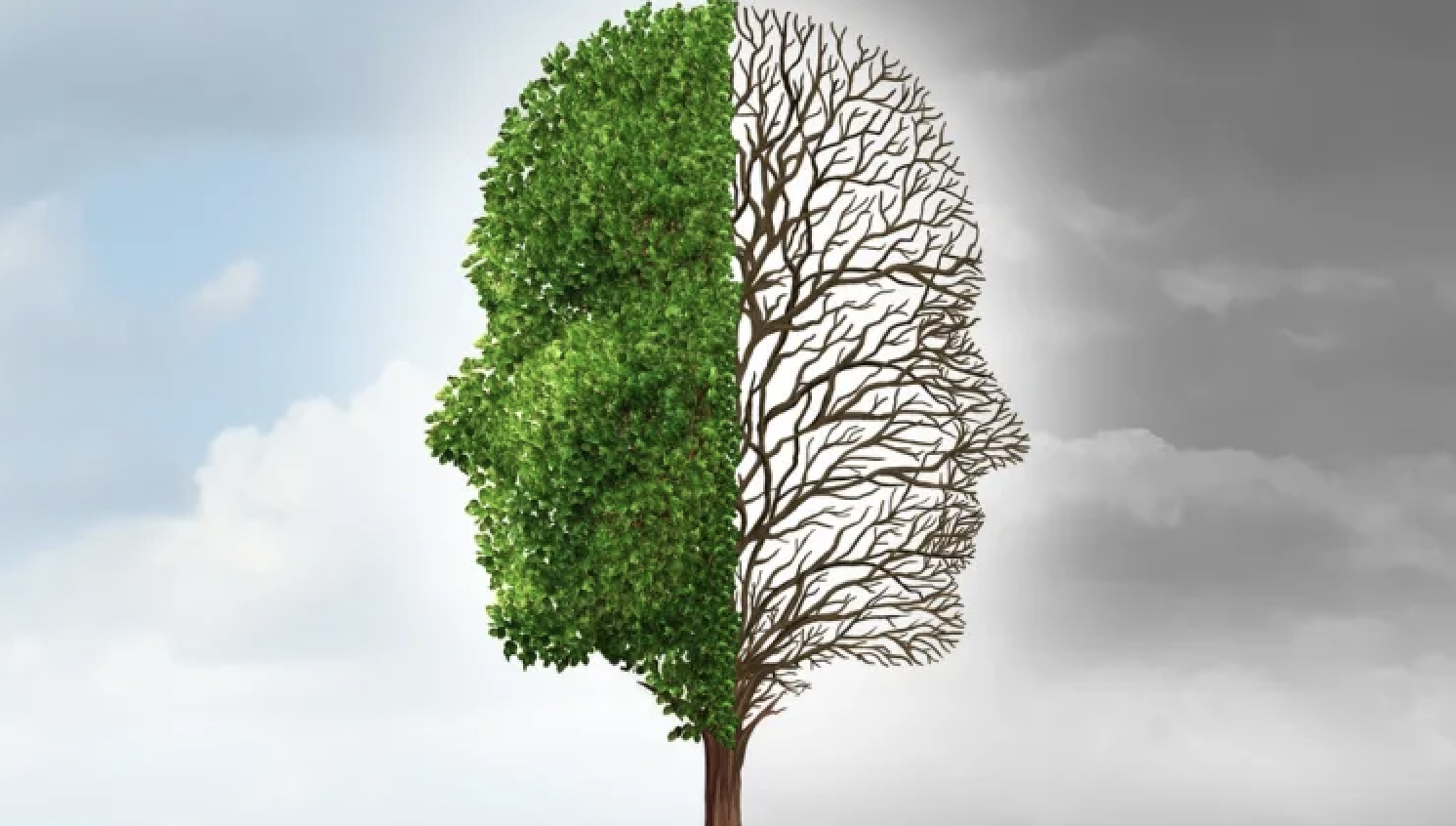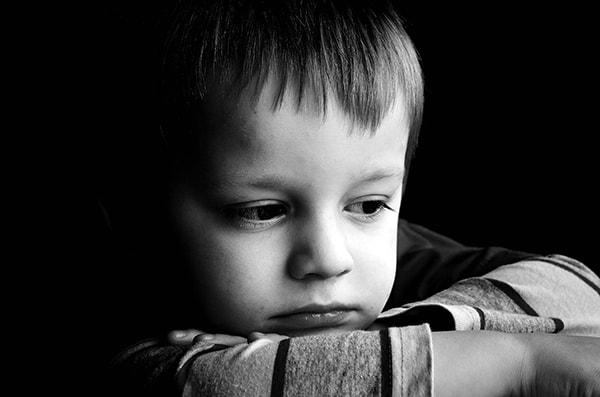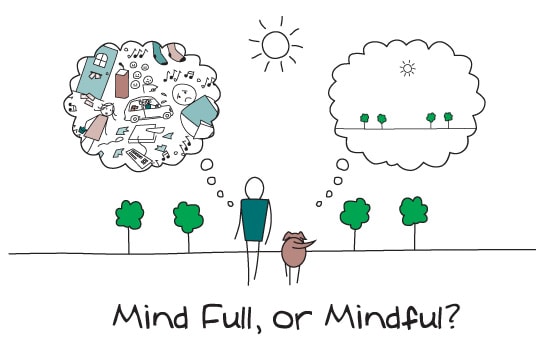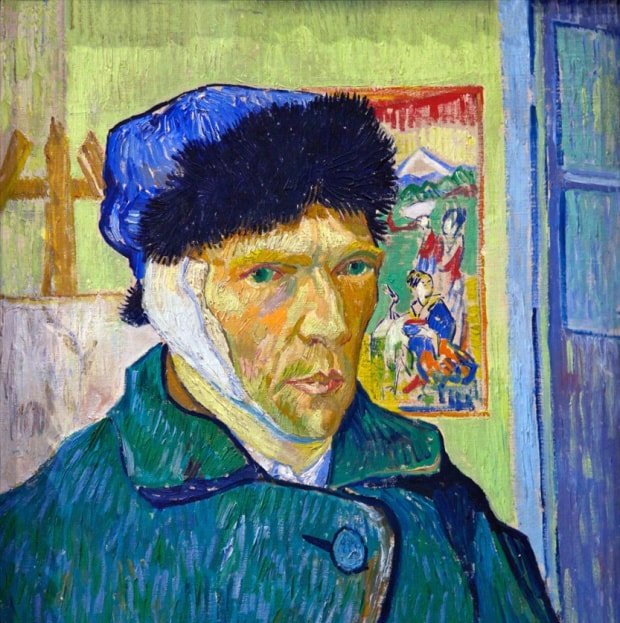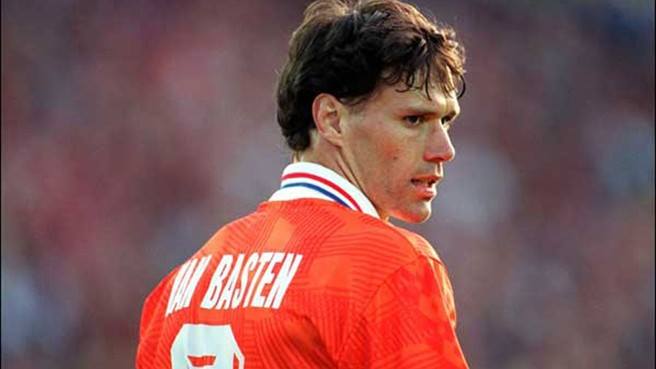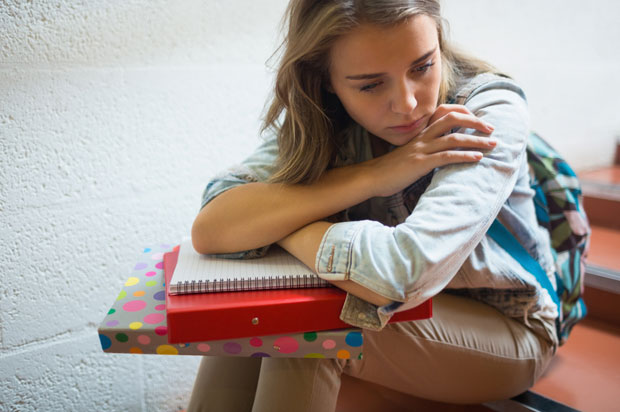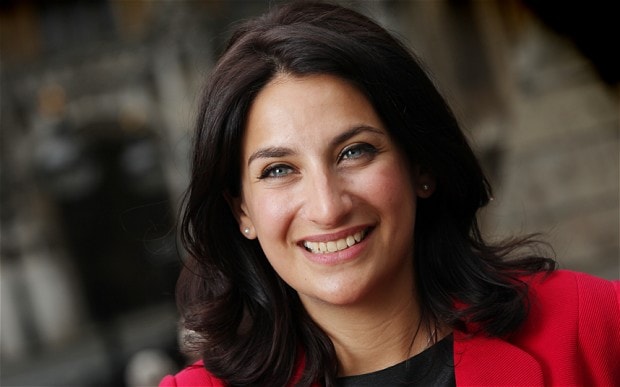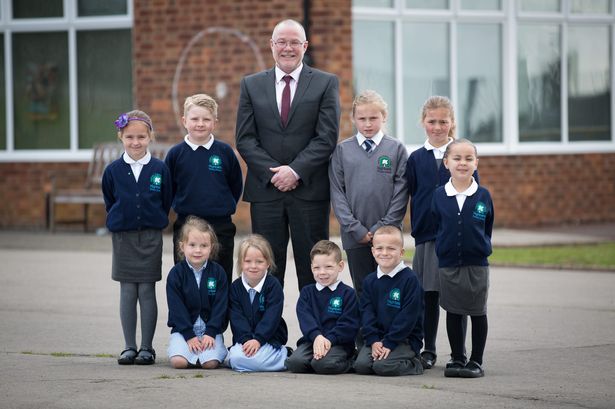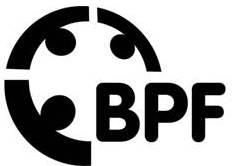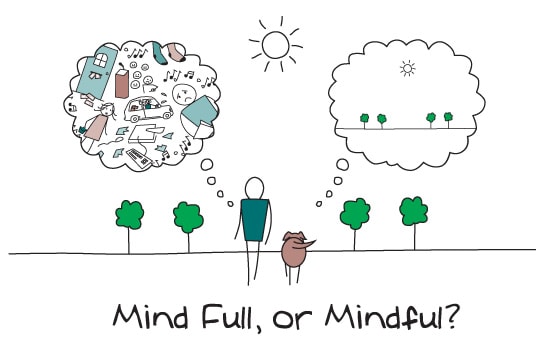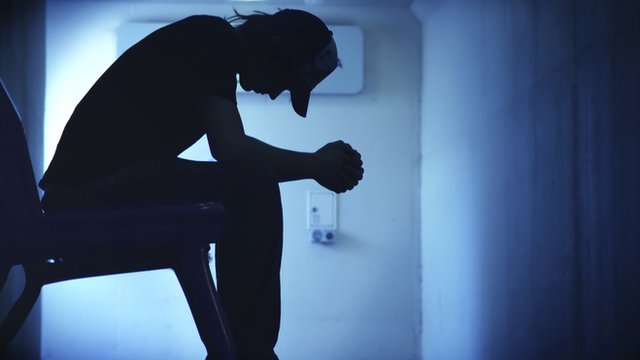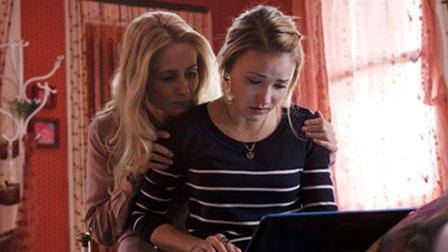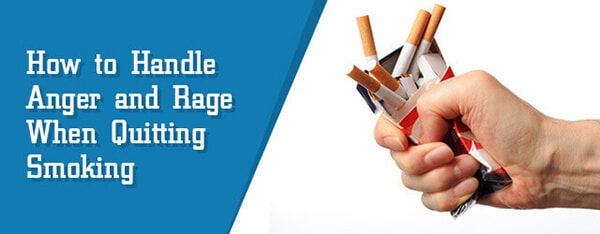In my work as a psychotherapist and my life as a mother, I have witnessed the long and short term effects of bullying. At least 70 % of my clients have experienced bullying at some point in their lives, often for the first time at school. I used to be surprised that bullying was a common denominator in the narratives of stories of so many clients, but now it is predictably present.
The feelings brought about by being bullied on a daily basis of fear, isolation, chronic anxiety and helplessness, can create a deep cavity of sadness. The victim can be left with a distorted core belief that they are somehow at fault. Children often boys, hide incidents from their parents, because they don’t want to ‘worry’ parents or show their vulnerability. Often, pleas for help are brushed aside and diminished, compounding feelings of loneliness and desperation. In addition, there will always be cases where the child has experienced bullying at home by a parent from an early age and this is likely to form the deepest cavity of all.
While we are made up of an infinity of memories etched on our minds and bodies, when we have a bad experience it can distort the good memories and lay a shaky foundation for the future. Being humiliated or hit, tripped up, laughed at, told you are bad, ugly, stupid, fat, skinny on a daily basis can create a distorted world view. Such negative roles are often re-enacted in relationships, friendships and the work place. Victims of bullying are more likely to repeatedly attract bullies into their lives via behaviours and unconscious processes, unable to break free of this vicious cycle and their familiar role.
“I didn’t want to go out in case I bumped into them and I was anxious a lot of the time.”
“It started with bitchy, unkind comments, little comments that would just chip at me and make me feel small. Then the others would join in, laughing at me. I started cutting myself, it was the only thing that I felt I could control. I hated getting up in the morning and in the evenings I just wanted to cry.”
Sometimes with maturity comes a moment of clarity, when those that feel broken and fragmented realise that they are yet again in the familiar territory of pain and angst. For some, this “eureka” moment might lead them to reach out for help through therapeutic intervention. Sadly the majority of victims of bullying remain imprisoned in their past, haunted by their trauma and terrifying experiences. Sometimes, when the suffering becomes too much, they turn to self harm and in extreme cases, suicide, because it feels like the only option left open to them.
We all know how vulnerable our children are and we strive to teach them to be open, kind and gentle. Sadly, the world does not always operate on a level of reciprocal kindness and respect. As their guardians, we need to be vigilant to the signs of encroachment on their sensitive delicate worlds. We need to arm them with the tools that will safeguard them on their journey.
My son’s story
My son is now a secure and popular young man, with a positive sense of self and a good understanding of right from wrong. However, when he was about 8, I started to notice that my bubbly, talkative little boy had become withdrawn and no longer wanted to play football and other sports. It preyed on my mind, but I was pretty busy with work and didn’t really notice just how troubled he had become. One day I received a call from the school to say he had had a ‘little accident’, nothing major and there was no reason for me to leave work.
It was only when I arrived to pick him up form school, when I was met by his grazed and bloodied little face, wide-eyes staring up at me, shocked and confused. His mouth was covered in blood, his lip swollen and embedded with gravel and his front tooth cracked, the nerve hanging out like a tiny little worm. He looked at me with tears in his eyes, but he didn’t cry, just held my hand very tightly.
I took him home. I was so terribly upset and angry, particularly as I had trusted the schools claim that at it was only a little accident and that there was no need for me to come. After a lot of cuddling and reassurance he slowly peeled away the resistance and let me into the world that he had been living in, for the past 4 months, since the beginning of the school year. He told me how a group of older boys had started to pick on him. They would push him over in the play ground, hit him, kick him and tell him he was shit at football and couldn’t play. This had been happening daily, becoming more extreme culminating in the ‘accident’. The boys had tied skipping ropes around his legs and ankles and started to pull him, face down on the gravelly play ground floor.
I was horrified. How had this happened at school? Where were the teachers, where was his protection? The school, when I confronted them, were ambivalent. They denied any knowledge of bullying and refused to deal with the children who had been the aggressors or approach their parents. My son was left with long term damage to his teeth and the scars of the repeated intimidation. In the end, we decided to change schools and place him somewhere with stronger leadership that would not foster “bully culture”.
“I didn’t understand what I had done, why they hated me. I hid it from my parents. They would only worry and if they got involved, it would be even worse.”
Luckily, the new school was very different, dealing with the children as individuals and confronting unkindness in an open and immediate way. My son gradually regained his confidence though I was still wary, watching for signs of the distress that I missed, leaving my little boy in such a vulnerable position.
A couple of years later, I began to see subtle changes; withdrawn behaviour, mood swings and a loss of confidence. This time, I recognised the signs and was able to intervene, speaking to the school and finding him some outside support. Talking to a trained professional (I called him a “coach” rather than a therapist to destigmatise it) helped him to process his feelings and move beyond this experience and break the pattern before it became habitual.
The most common indications to look out for with bullying
- Low self esteem
- Your child suddenly seems withdrawn and is spending lots of time alone and is quiet.
- Self harm
- Suddenly not being included or engaging in with their ‘friendship group’
- Not participating in school activities
- Over or under eating
- Lack of energy
- A marked change in character, whereby your child unusually appears anxious, angry, detached, distant or tearful.
Some of the above are of course all part and parcel of normal teenage angst. Yet, if you do have any concerns about your child, act on them, because nothing is lost by showing concern. Try find a quiet moment to have a chat with your son or daughter to ‘check in’, preferably out of the family home and in a neutral and relaxed setting. Avoid attempting to talk when you are busy, driving the car or when time is a pressure. Make the time to engage, observe body language and really try to be present, listen and hear what is being communicated to you. They may not want to tell you, but continue to be vigilant and available.
Cyber bullying is yet another way for those with negative, unprocessed feelings to project them on to others from afar. As it is usually done anonymously, the attacks can be vicious and deeply humiliating, spreading like wildfire across social media.
If it transpires that things are not as they should be, the best advice I can give any parent, is to act on immediately, nip it in the bud. Do not ignore your child’s reality; do not hope that that it will go away, because bullying scars run deep. Early intervention can be crucial in dissolving the impact and collateral damage.
Some suggested Action points:
– Keep a watchful eye for significant changes listed above.
– Act immediately.
– Talk to your child alone in a calm way in a neutral environment.
– If you child has asked you not to get involved, to let them ‘sort it out”, put your own time limit on how long you will wait for signs of improvement before intervening.
– Remember you are the parent and your child’s protector.
– Early intervention can limit damage.
– If the bullying is taking place at school, contact the school and ask them what their policies are and insist on complete confidentiality.
– Try to help them establish friendships with ‘good friends to reduce the feelings of isolation. Invite them to your house so your child can feel safe.
– If you are not happy with the schools reaction and procedure, set a time limit on how long you will wait before escalating the matter to the board of governors
– If you have a gut feeling that you need to exercise damage limitations, go with that and move your child to another safe school, but always be very open with the new school about why you are moving your child and notice their reaction. Ask them what they are going to do to help your child settle in and regain his confidence.
– Keep on checking in with your child and if the impact is great then find a therapist, or buddy to talk to. At this age it can help to have a same sex therapist to avoid awkwardness. If it happens again, they will most likely need help; you cannot keep moving and behavioural patterns are set relatively early in life.
Therapeutic intervention is sometimes viewed as a defeat, as the end of the road. It is really the beginning. You cannot see the scars of bullying but they exist beneath the skin like a thousand cuts. Dealing with these issues will prevent them from festering. There is no more important and valuable gift you can give your child than the tools to resolve their problems and conflicts both in the present and in their lives ahead. A different kind of unique relationship, one that is neutral, safe and containing, where they can discover they have the power to make different healthy choices. That is a priceless gift that endures the test of time.

